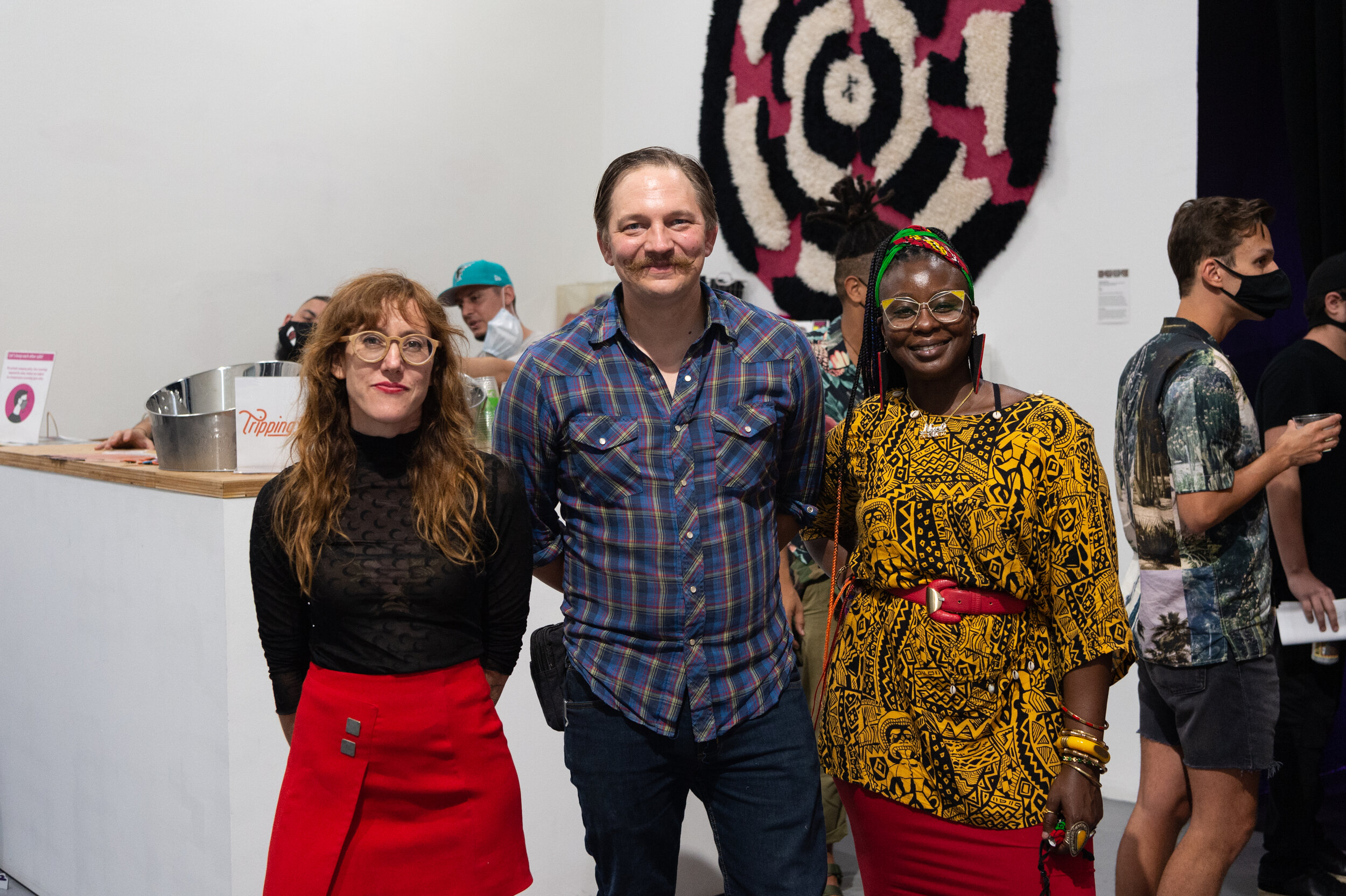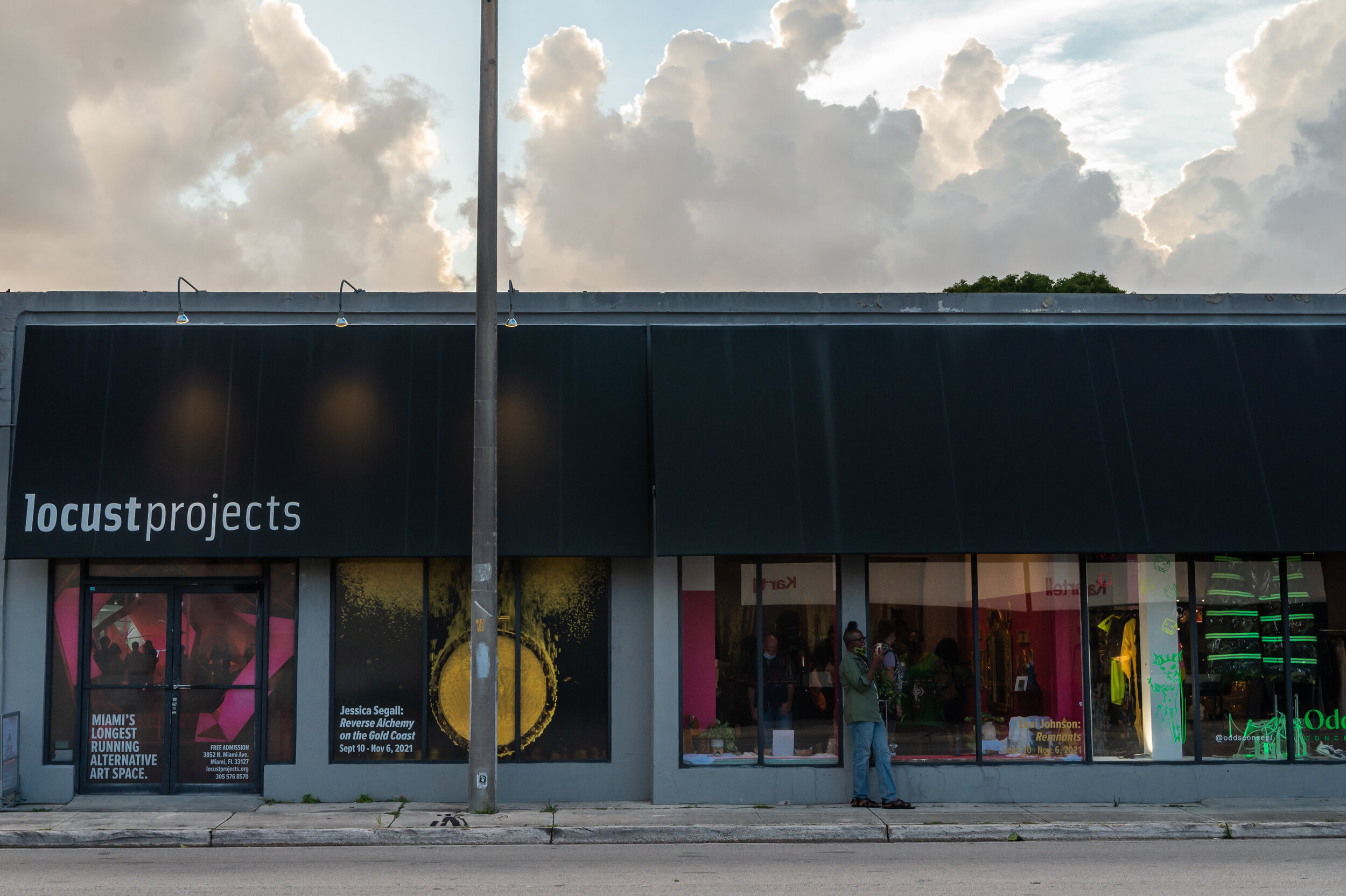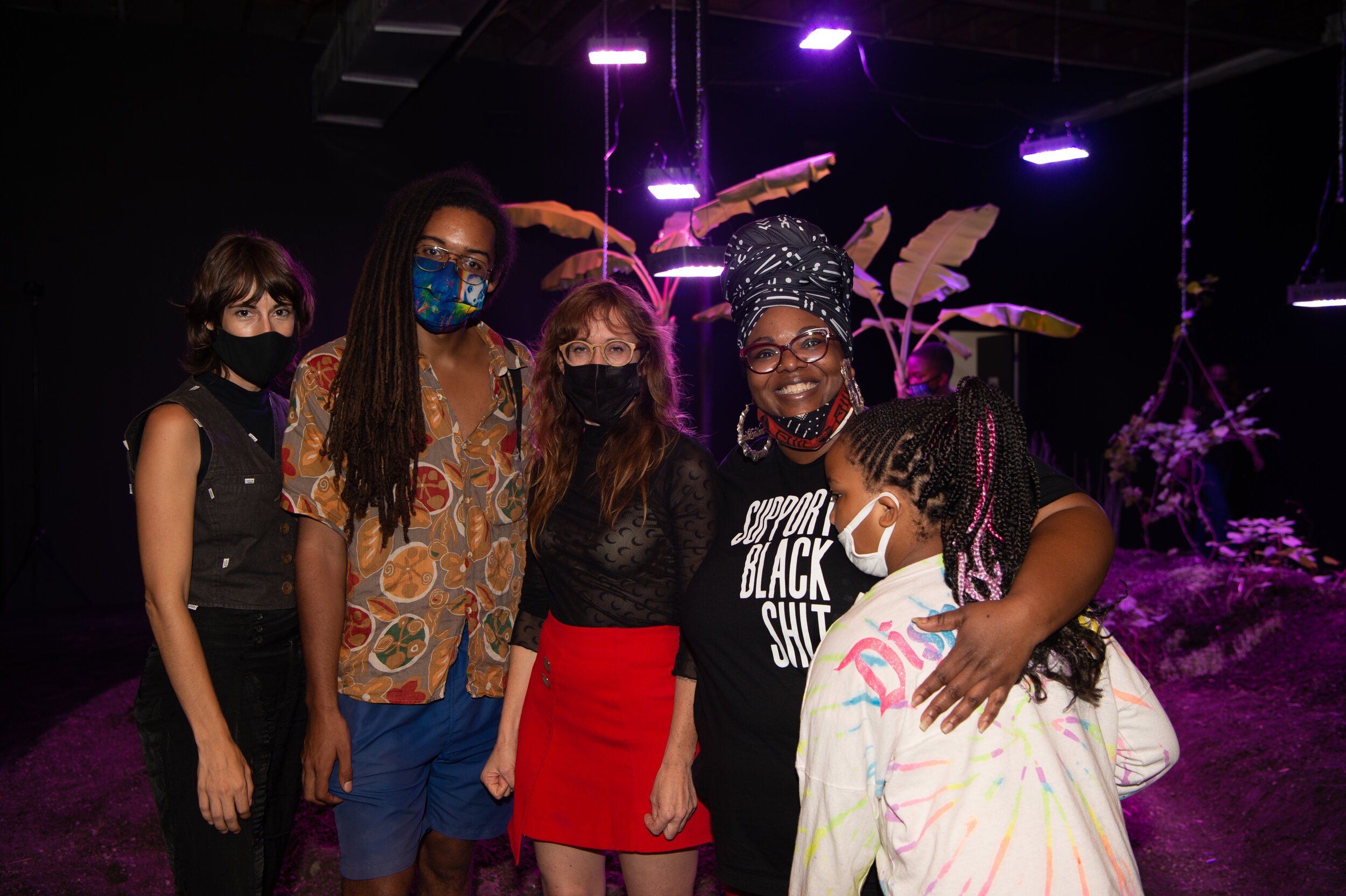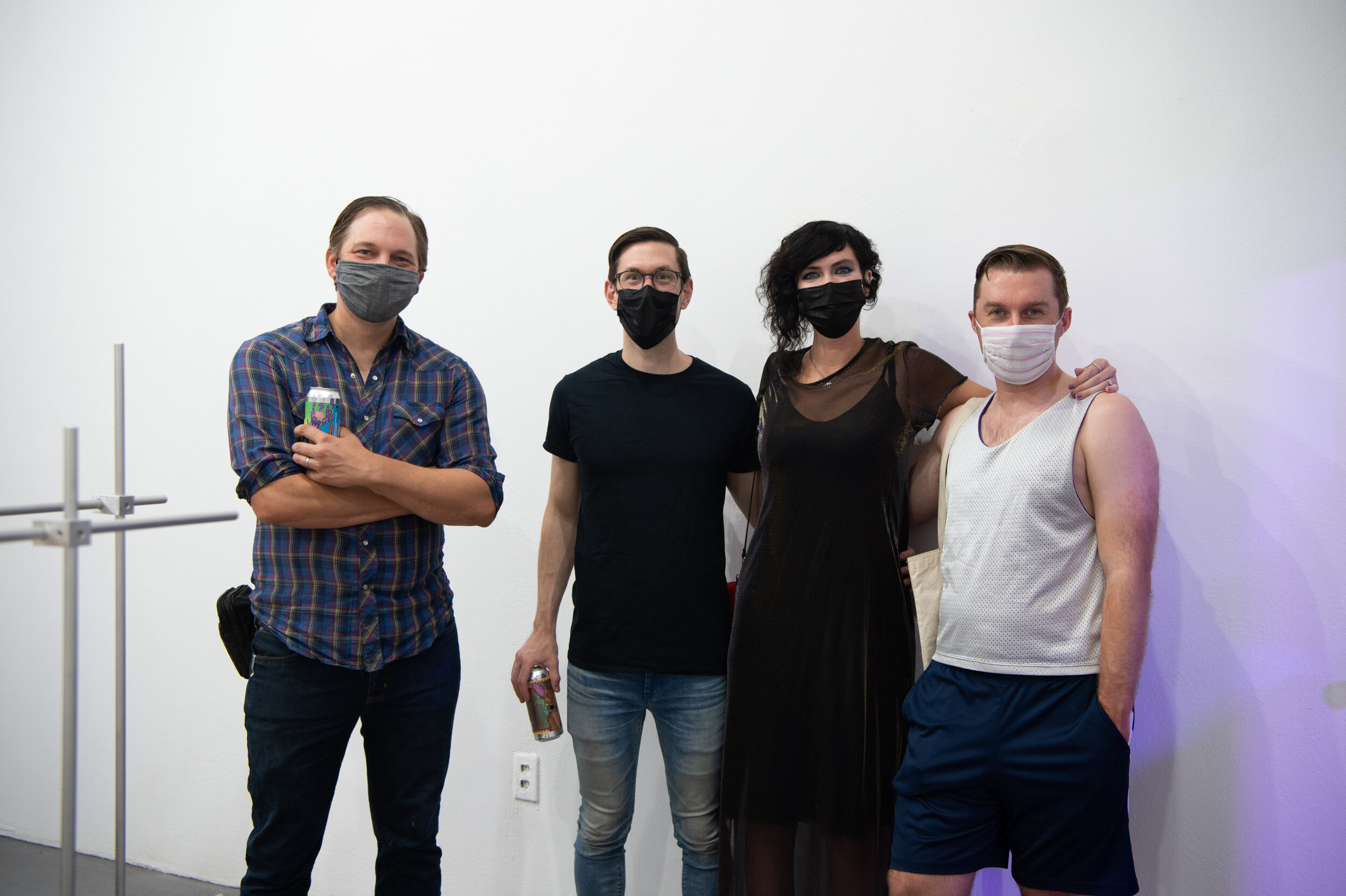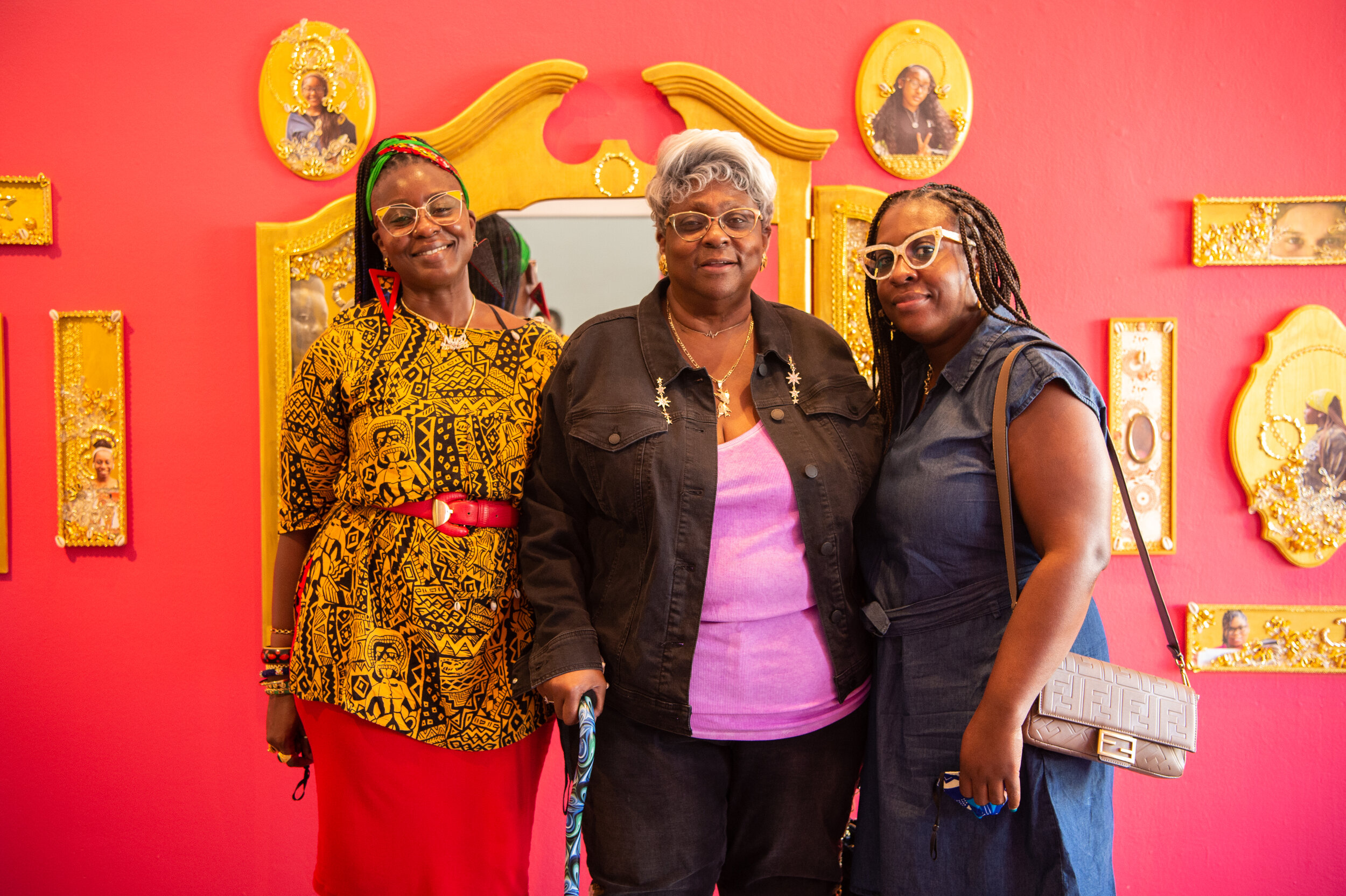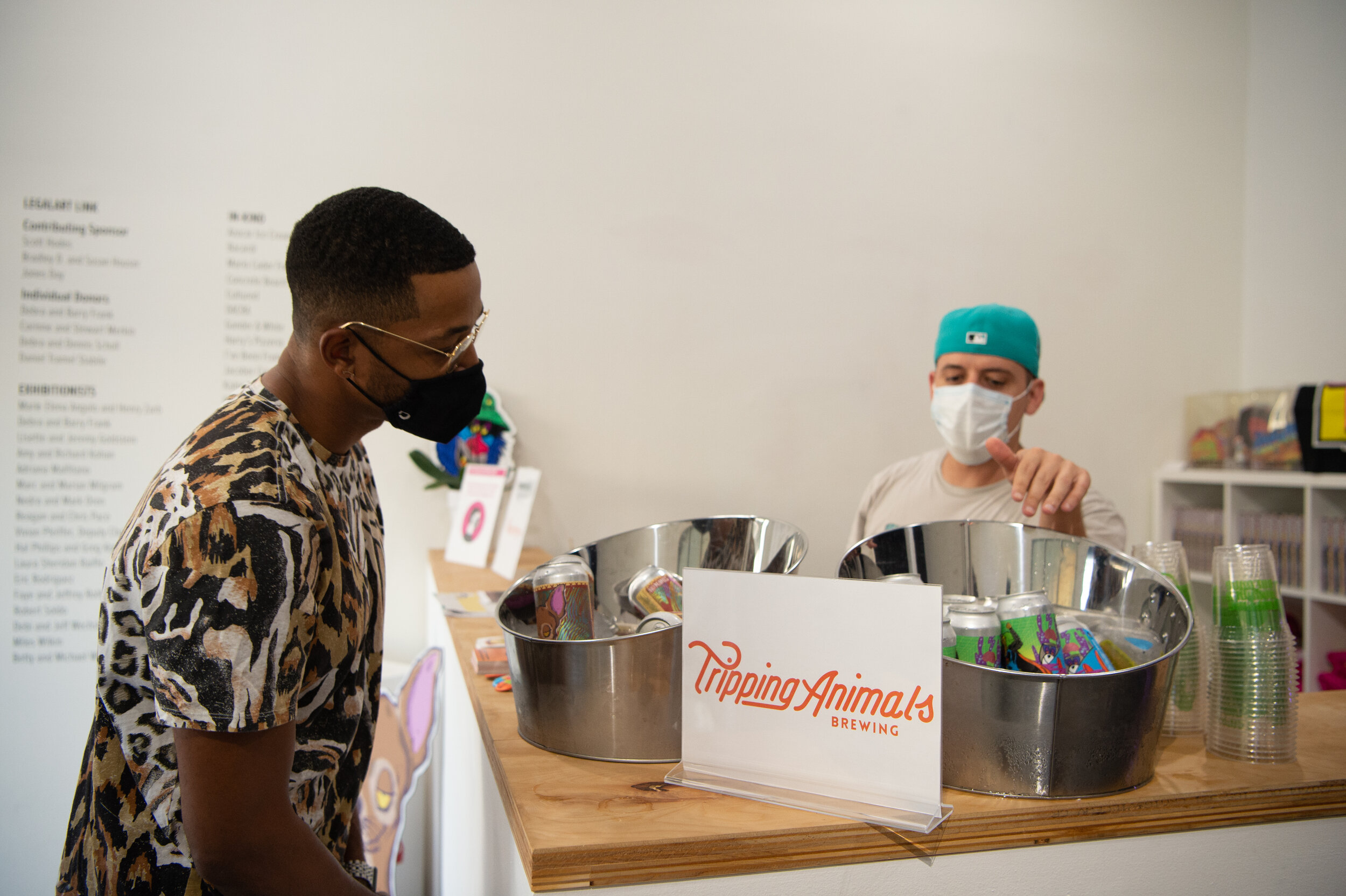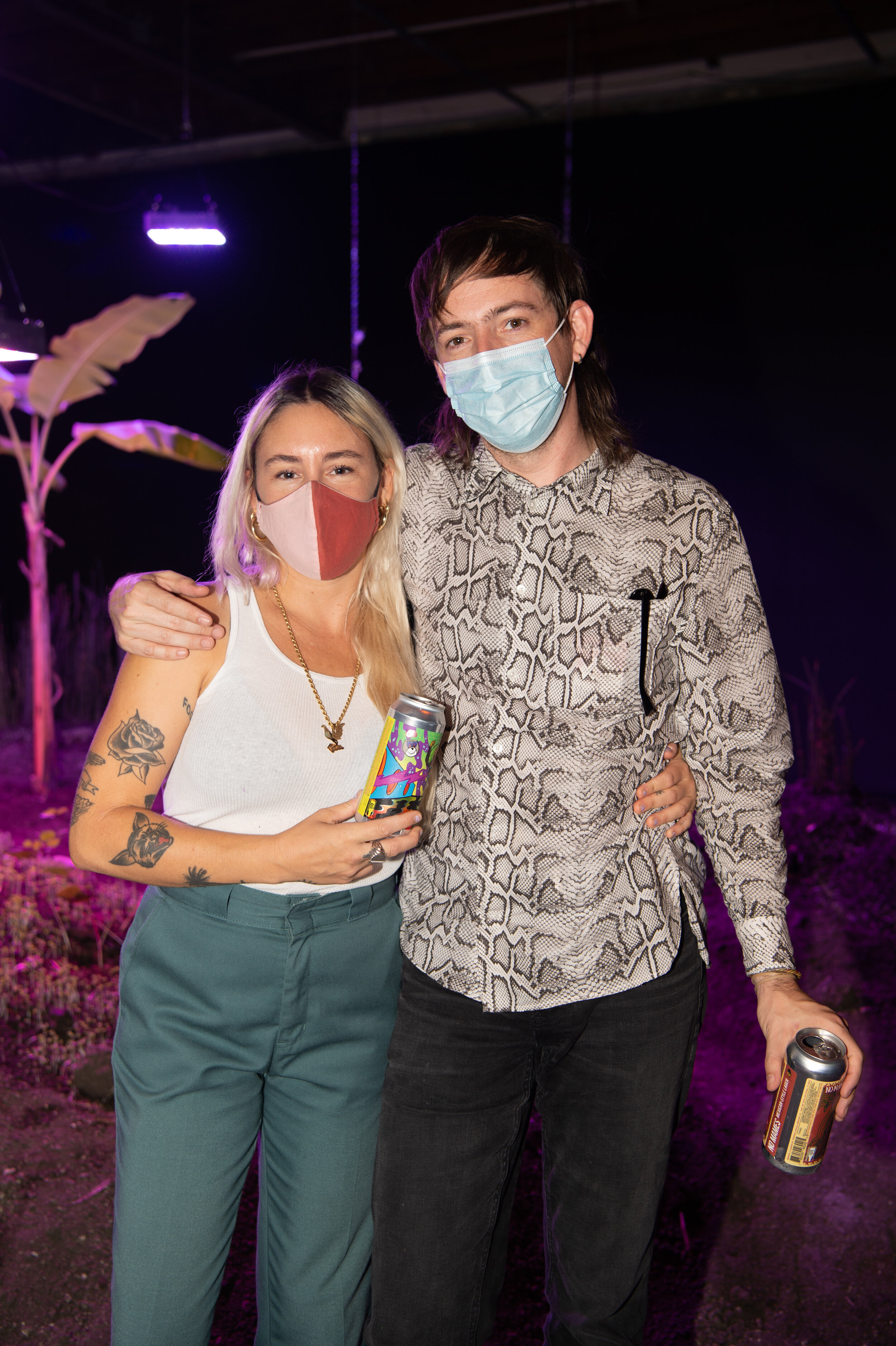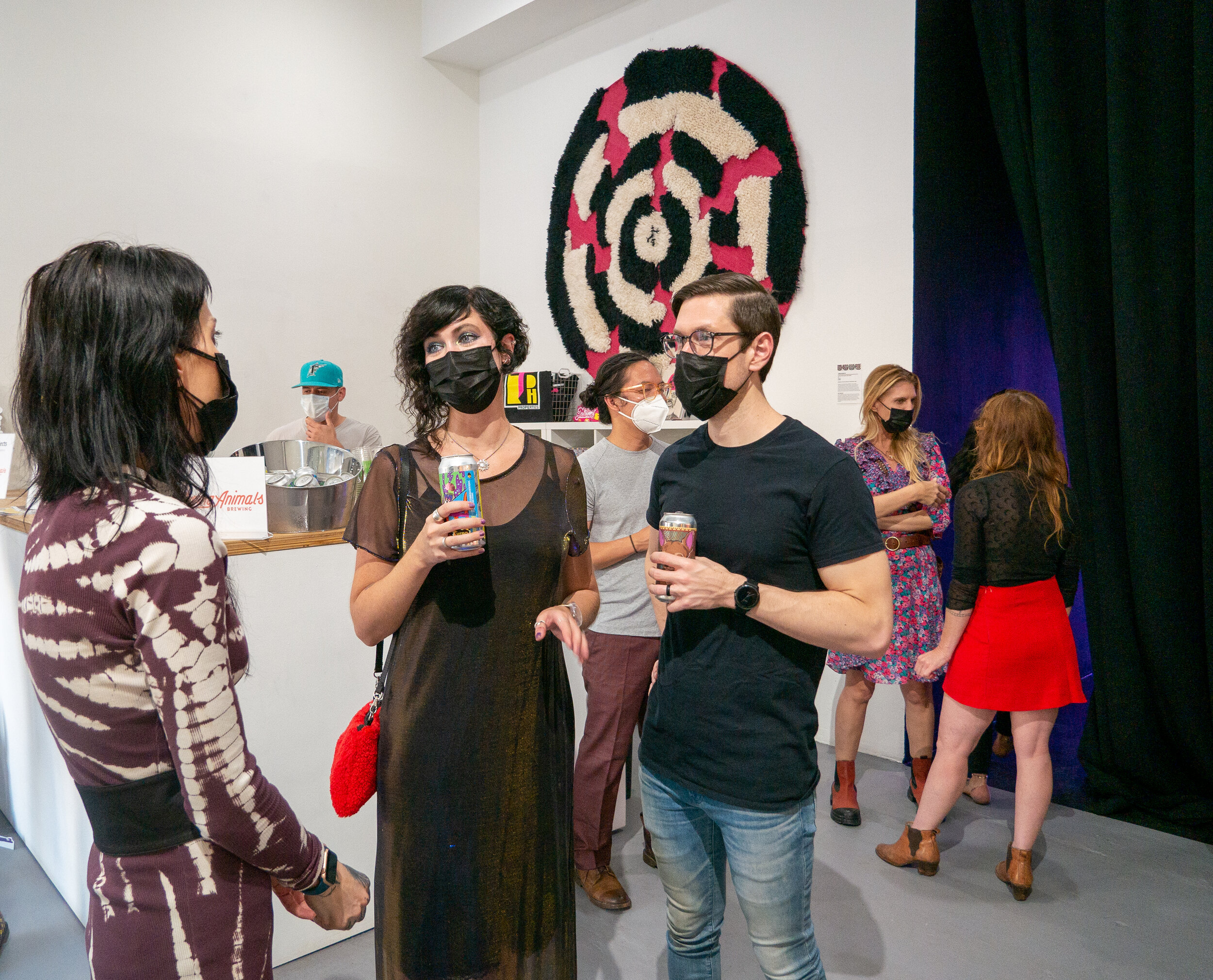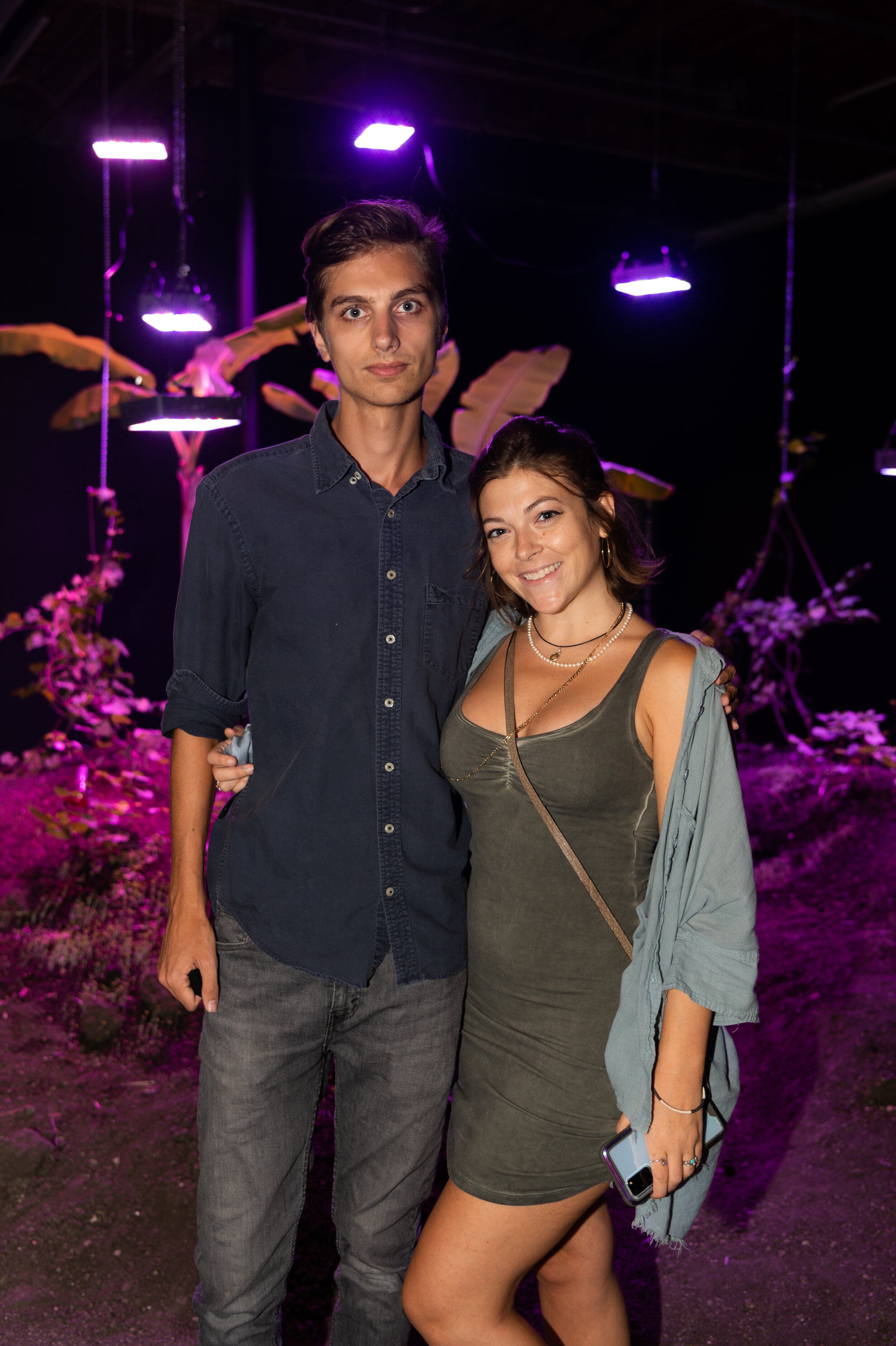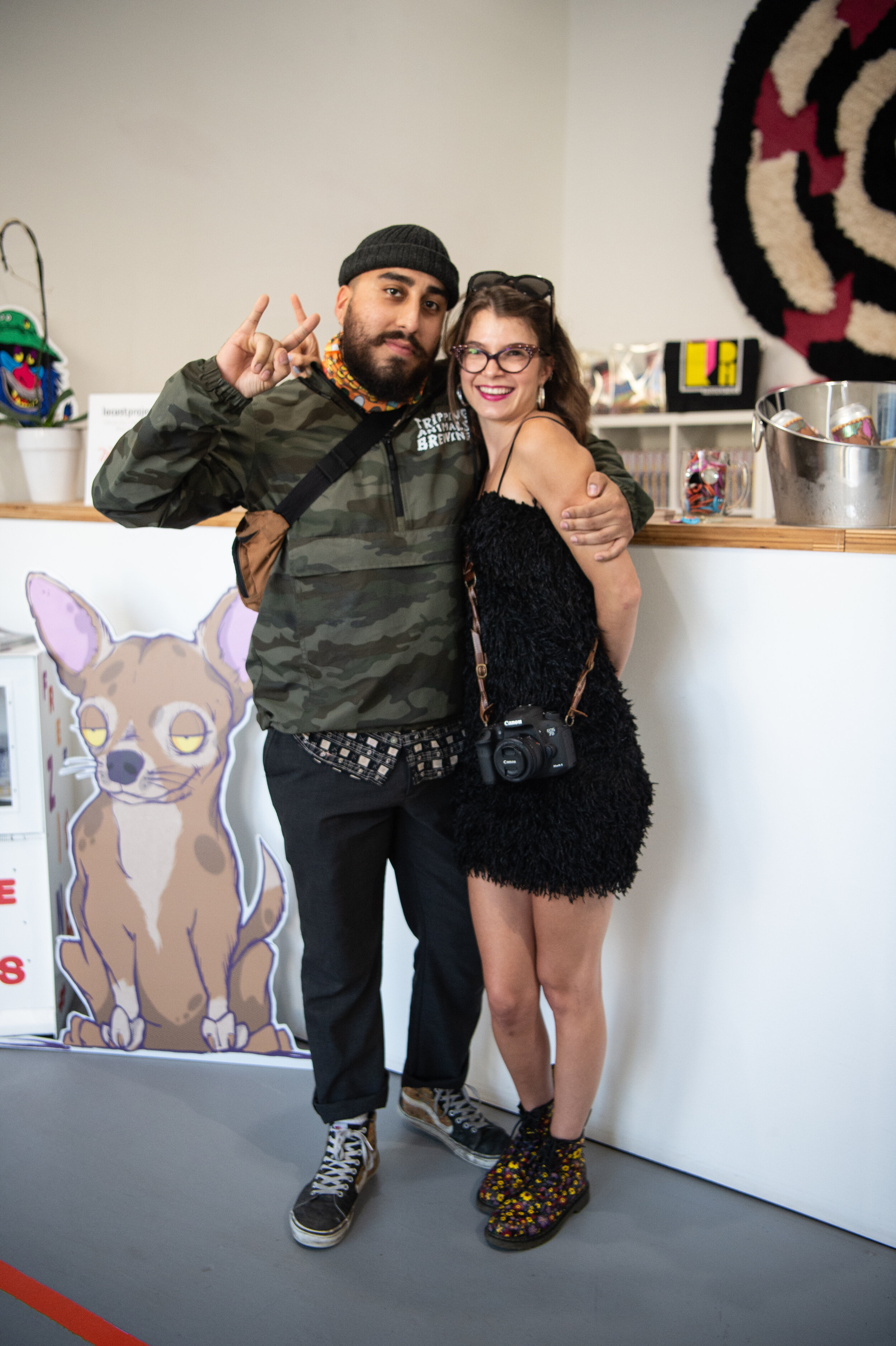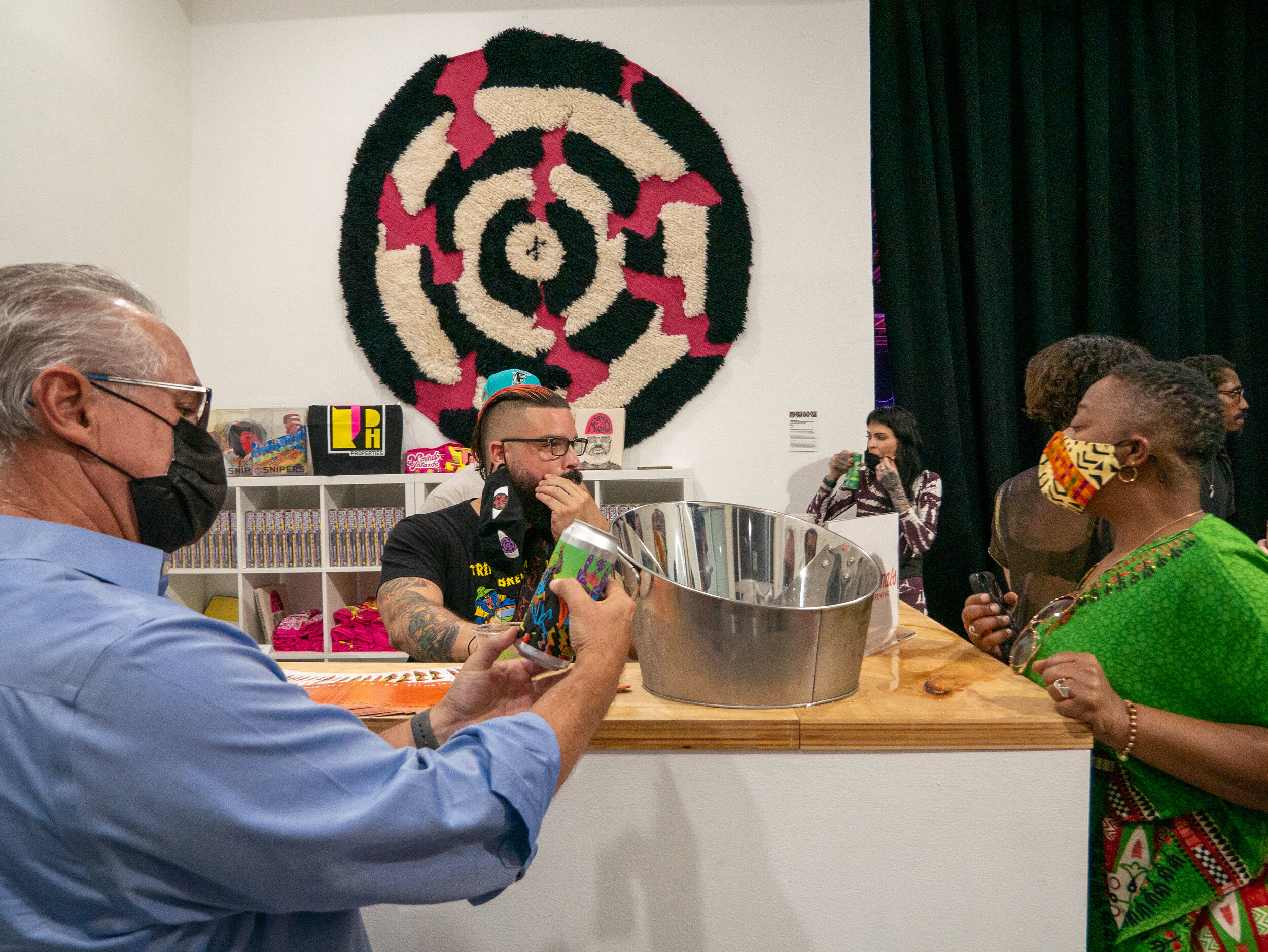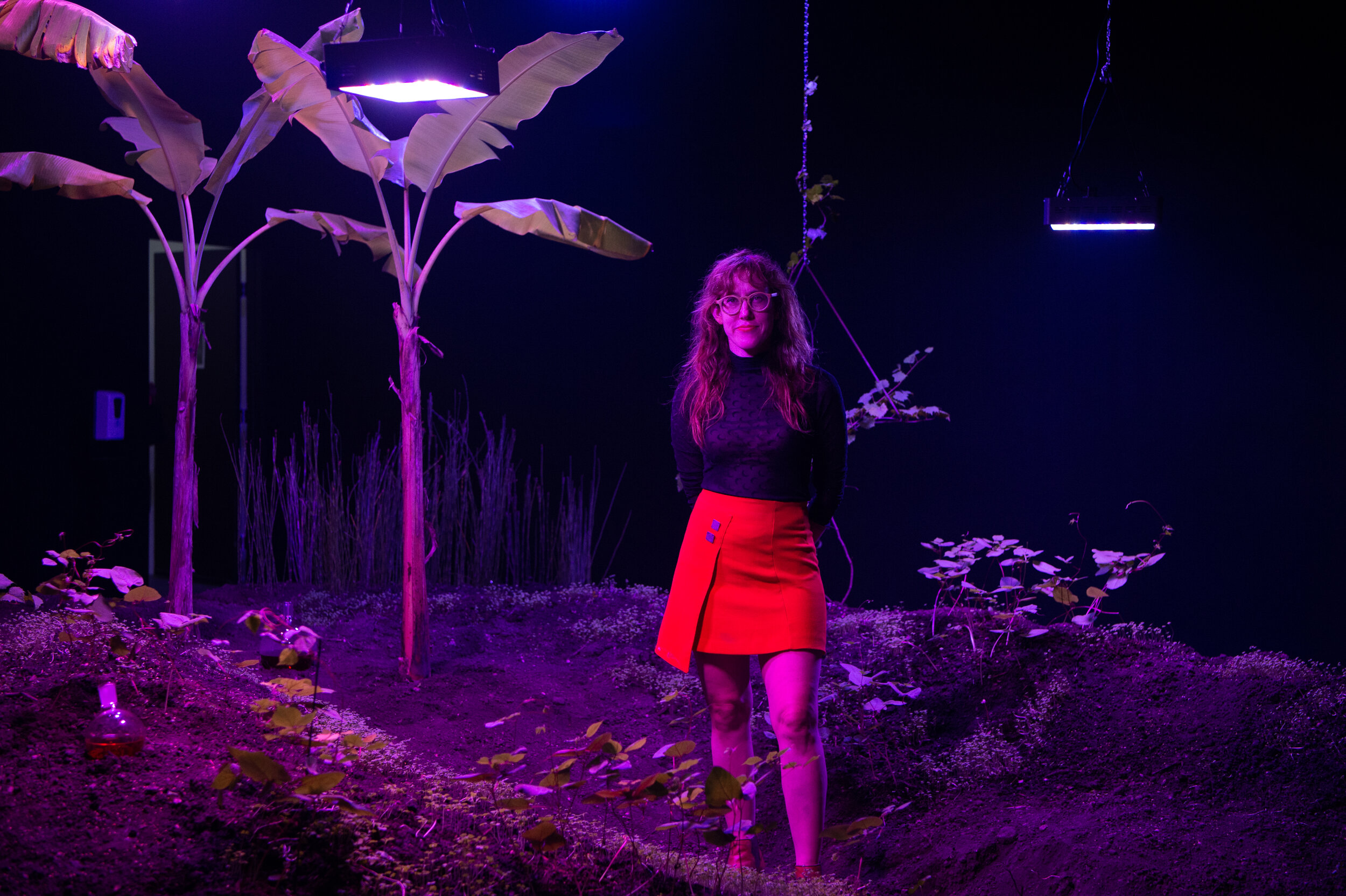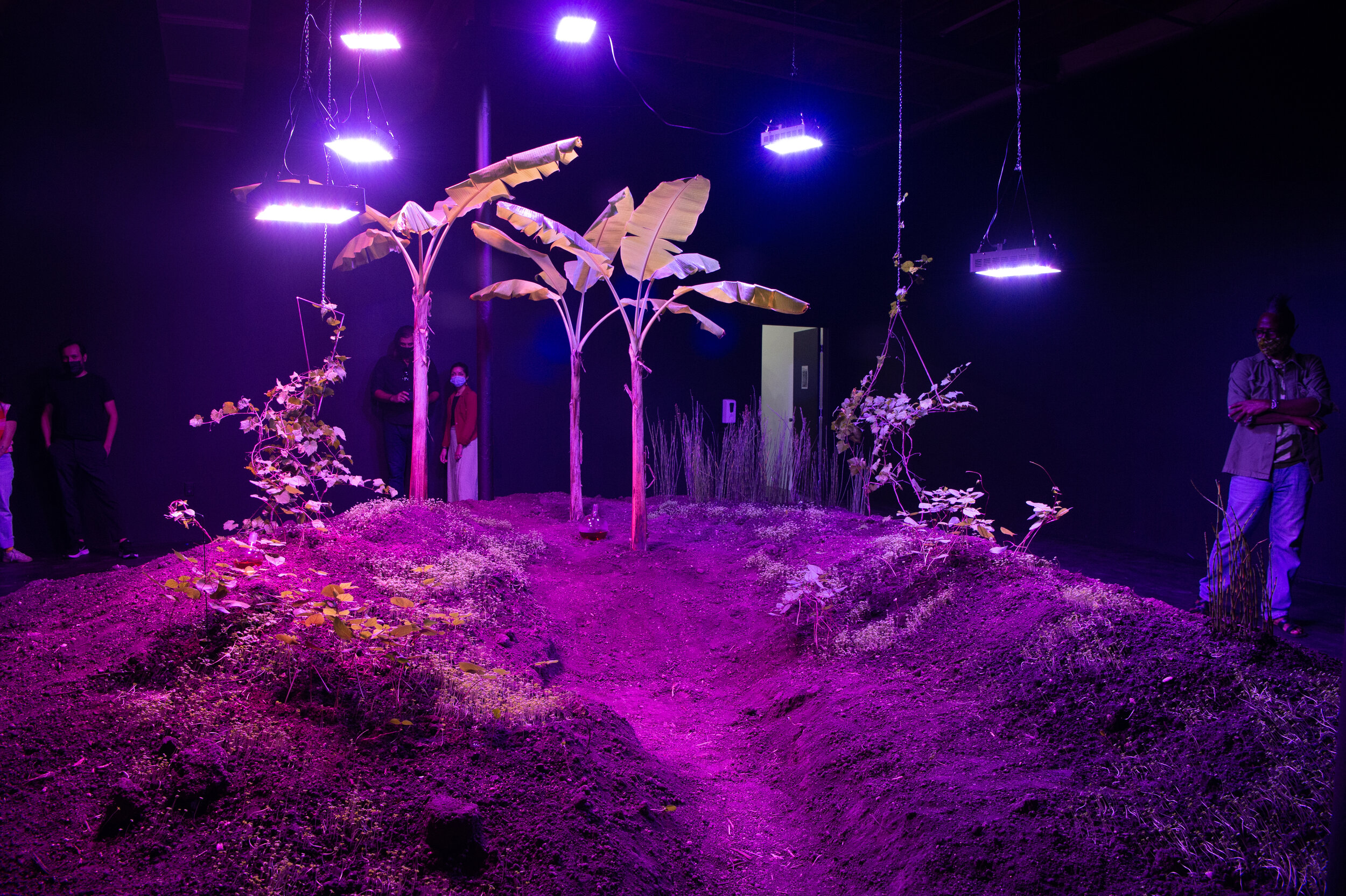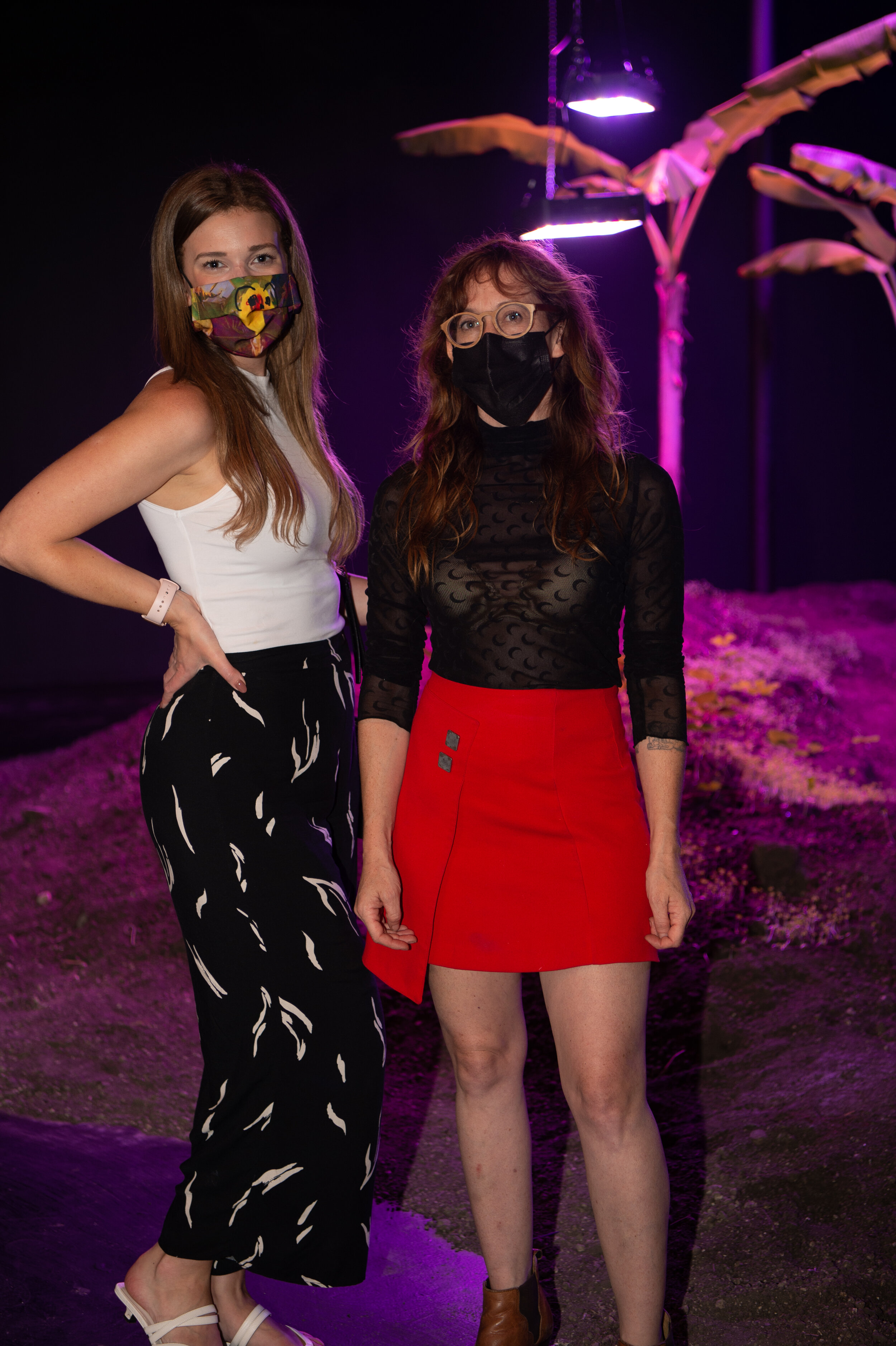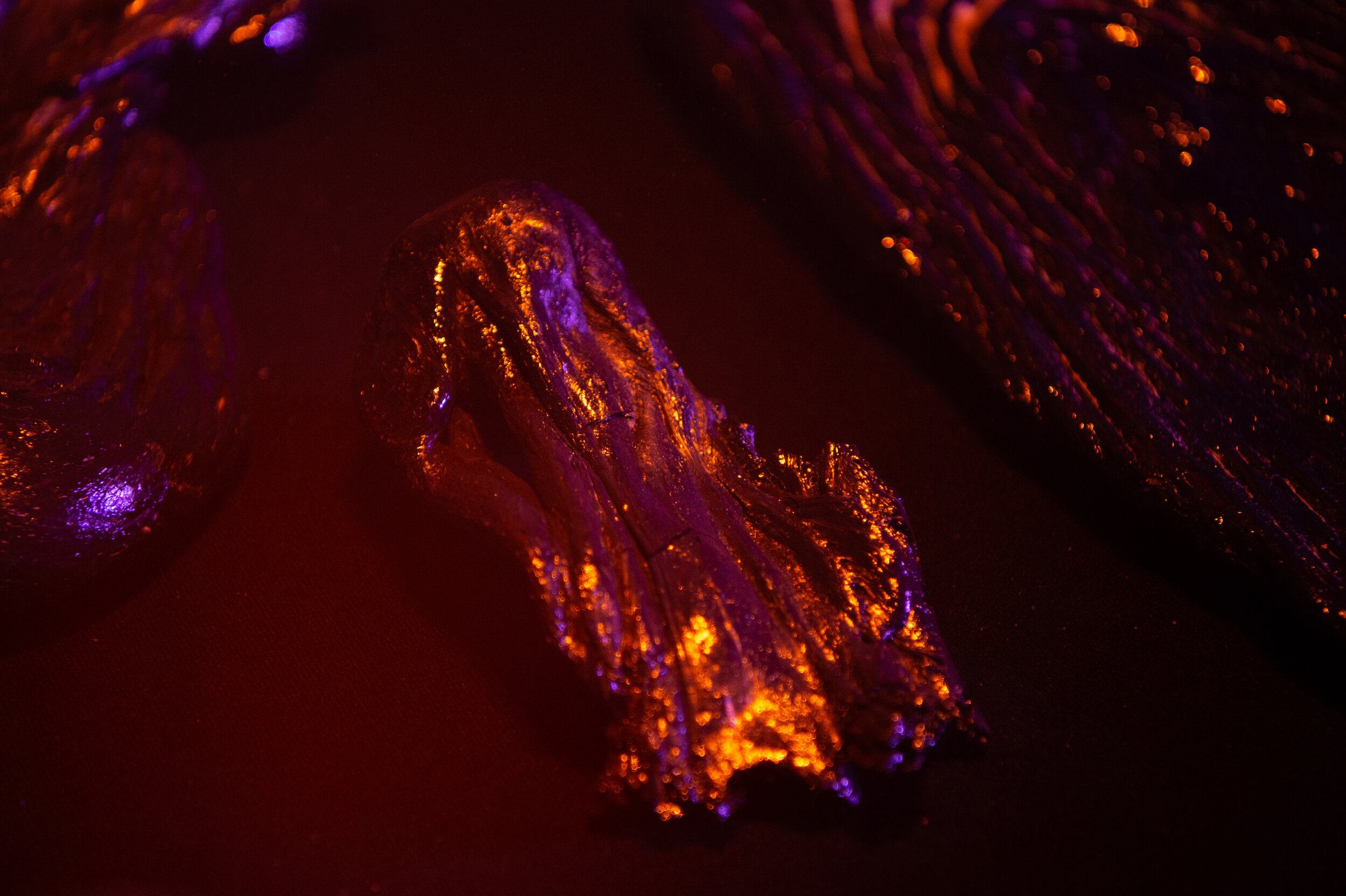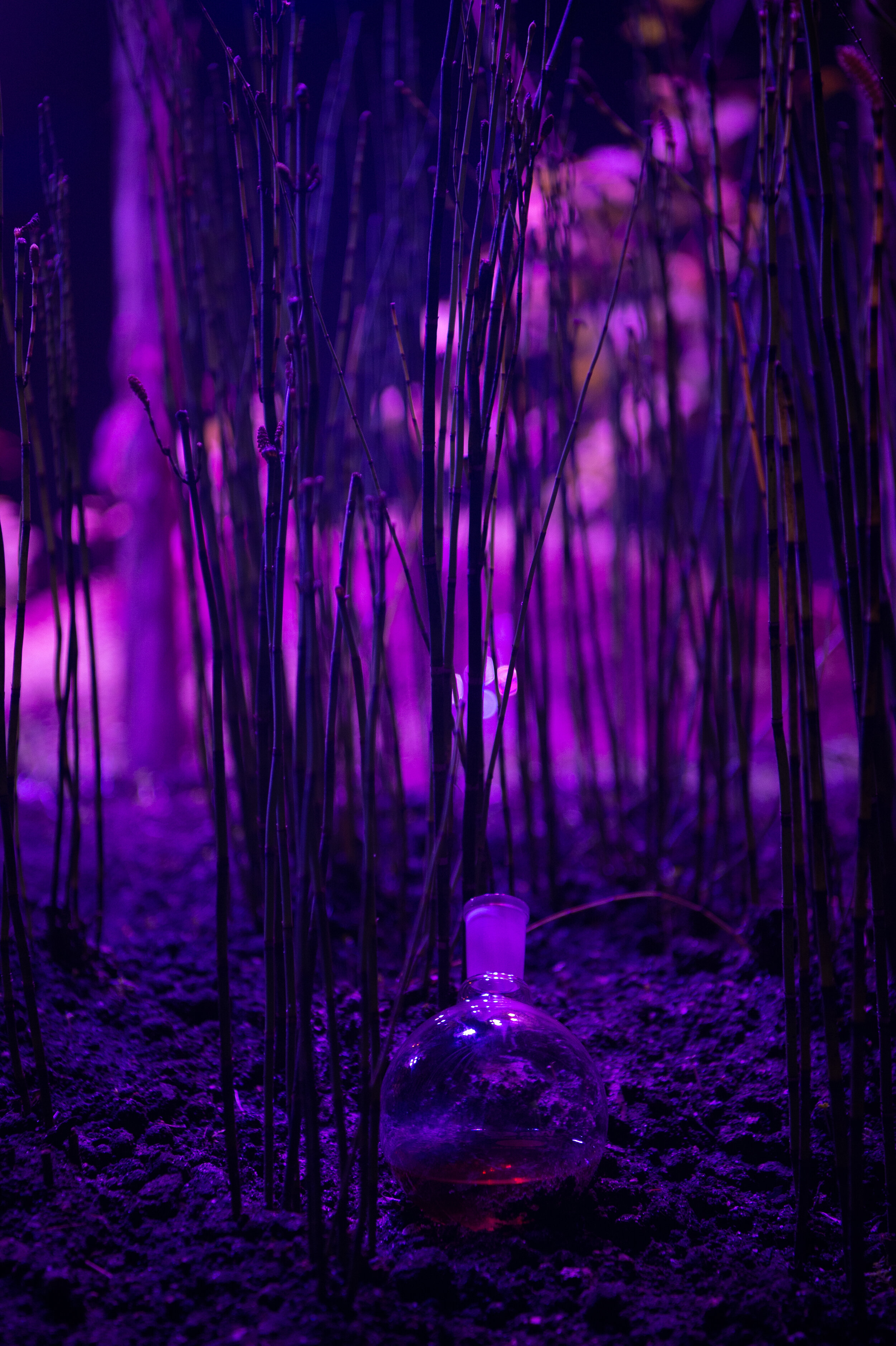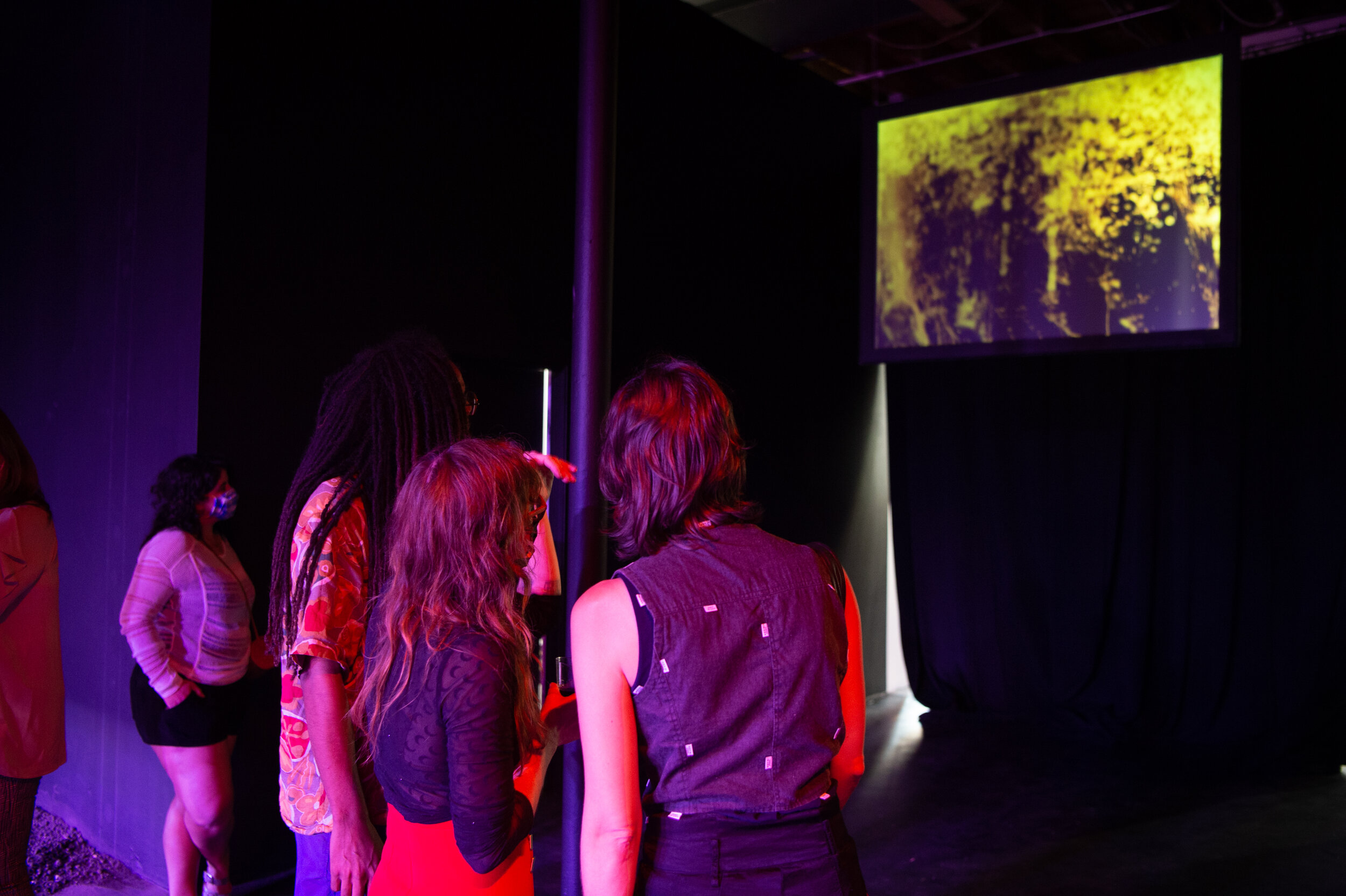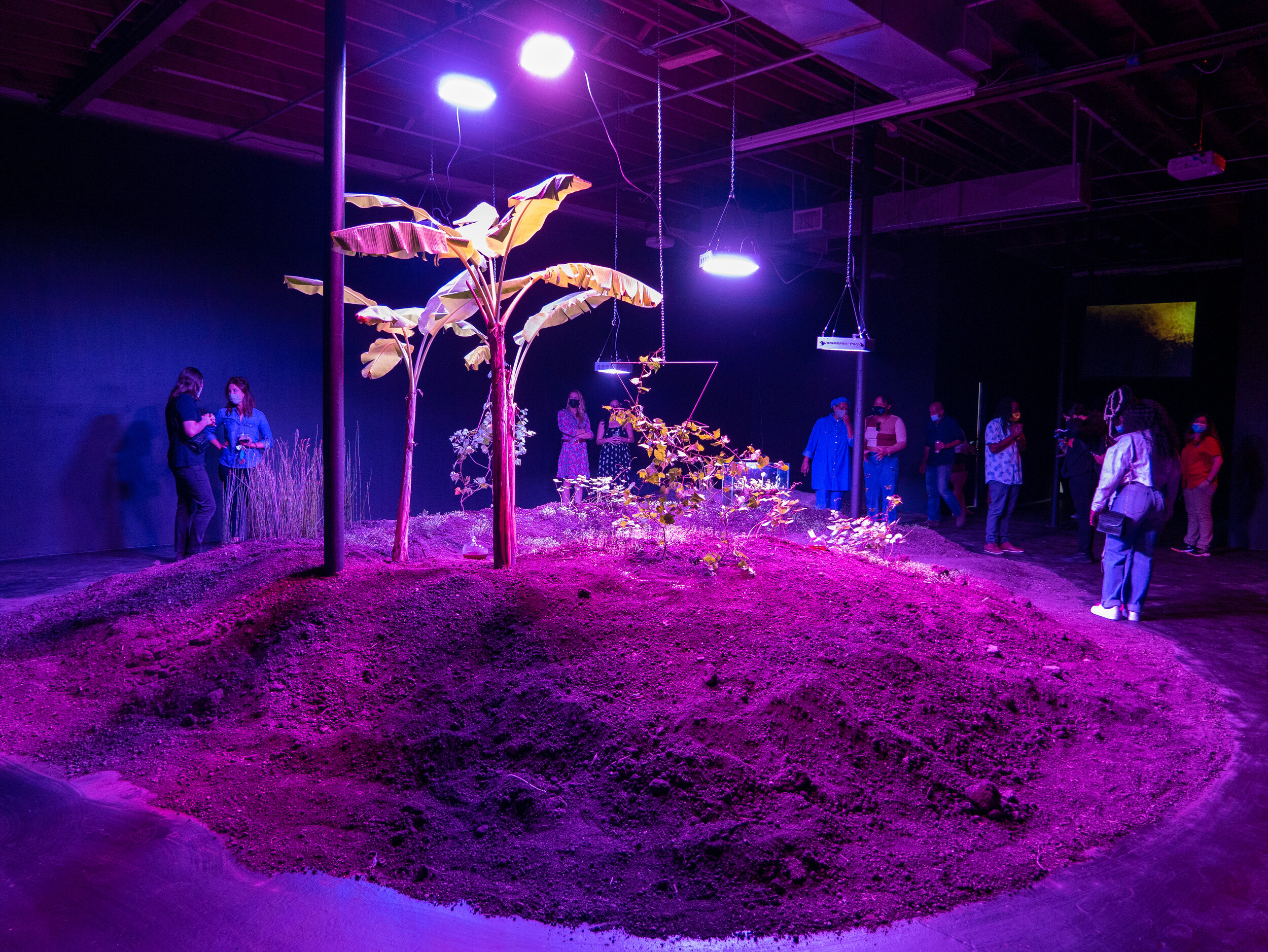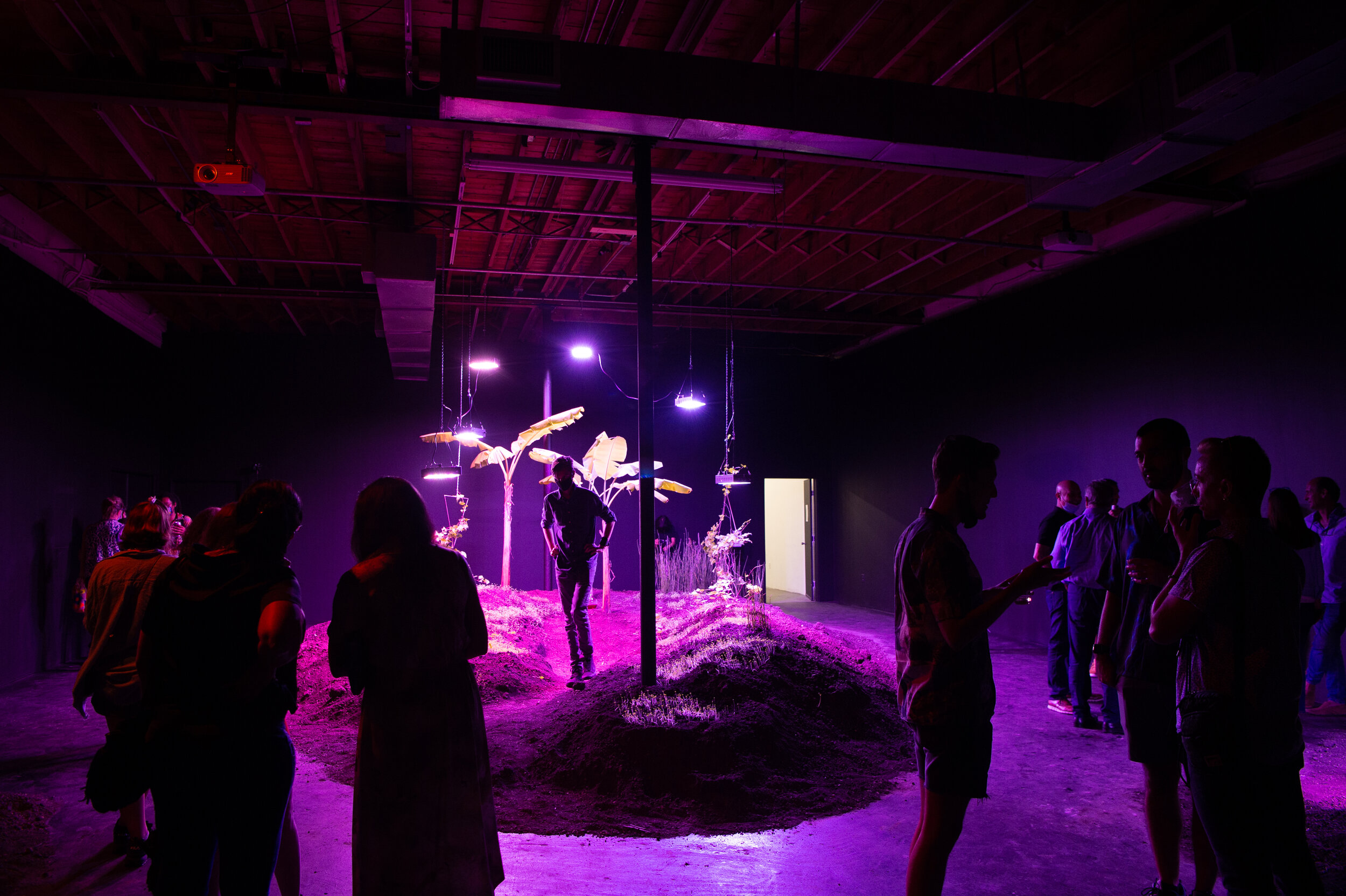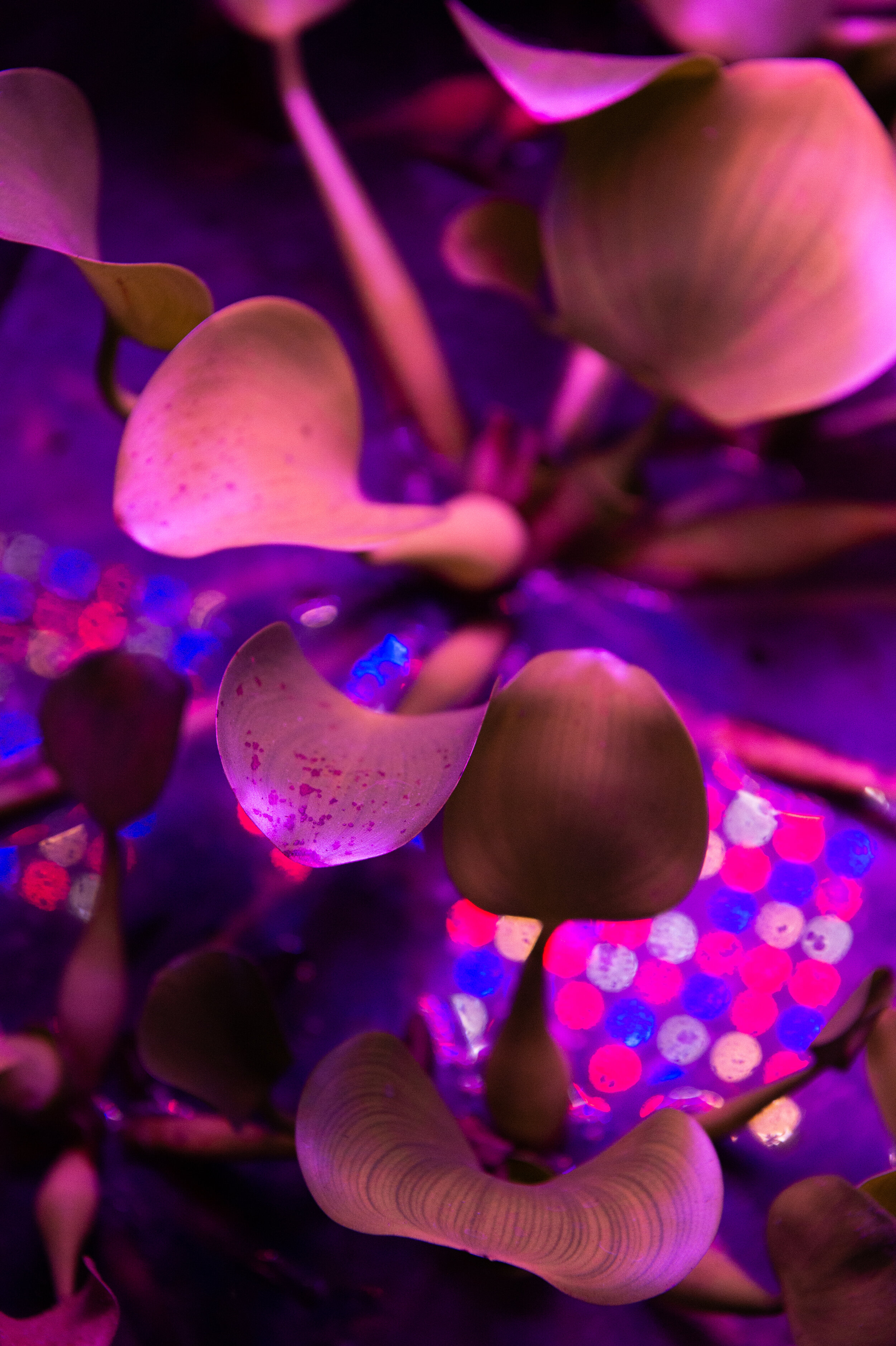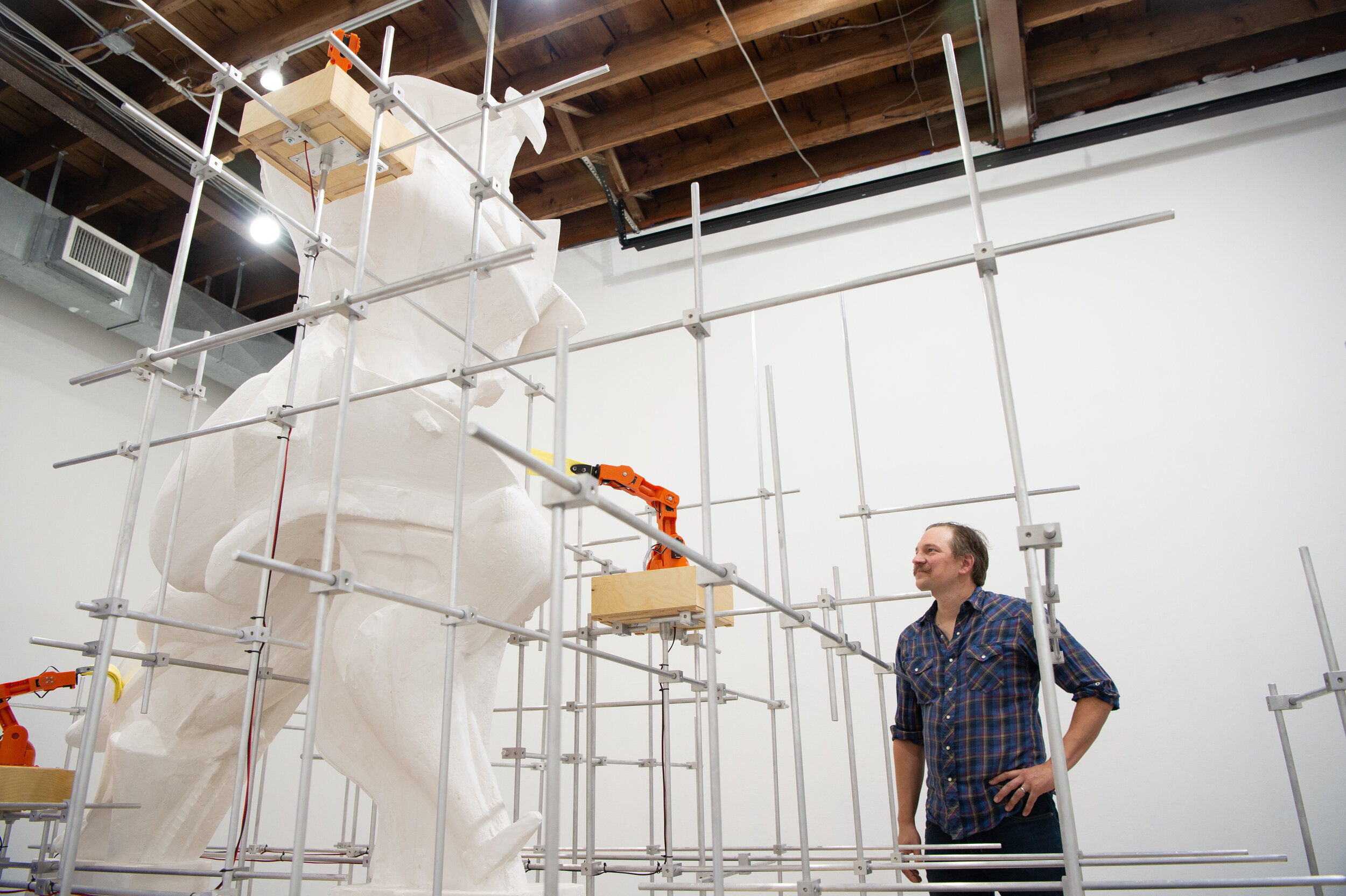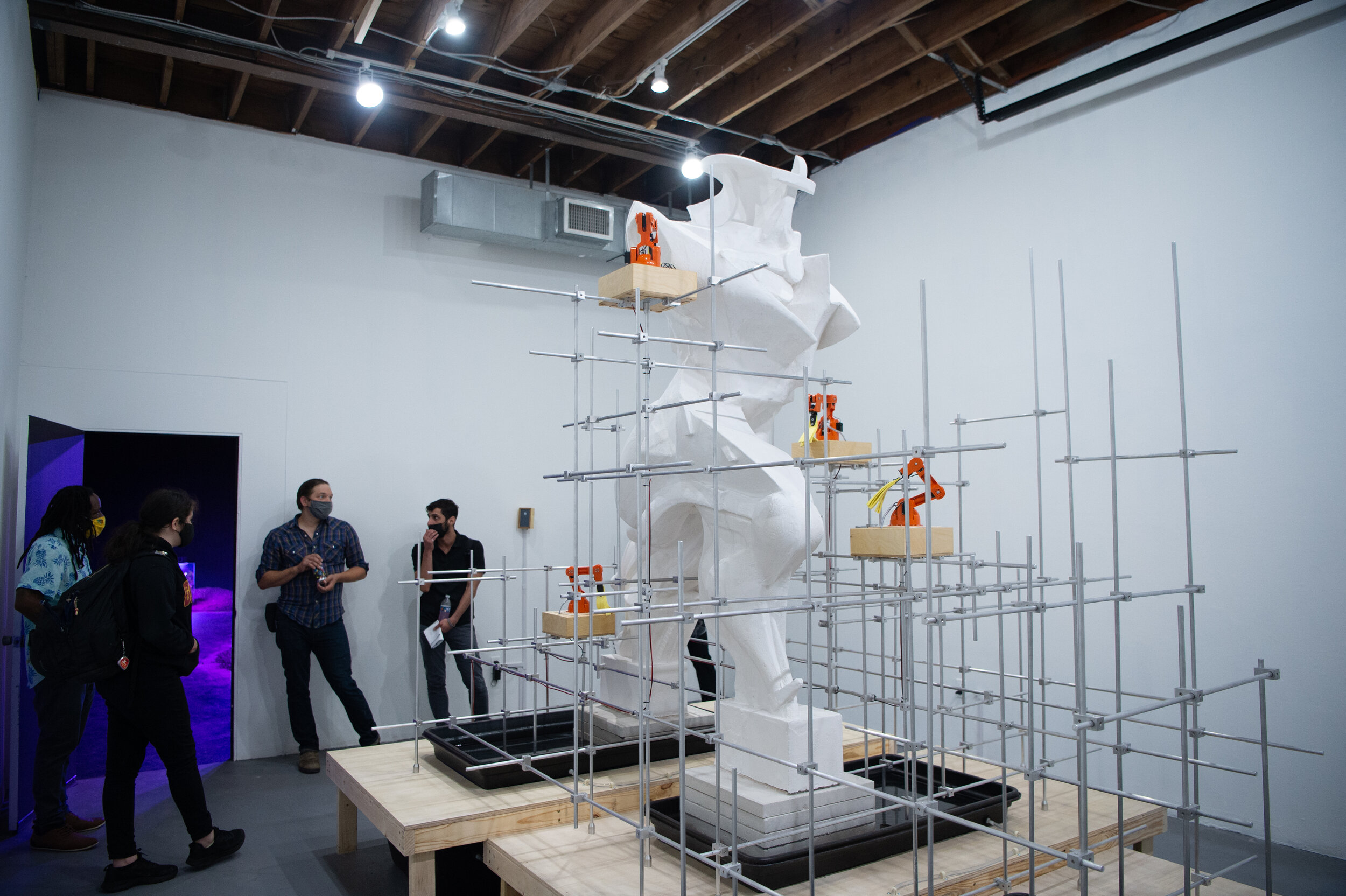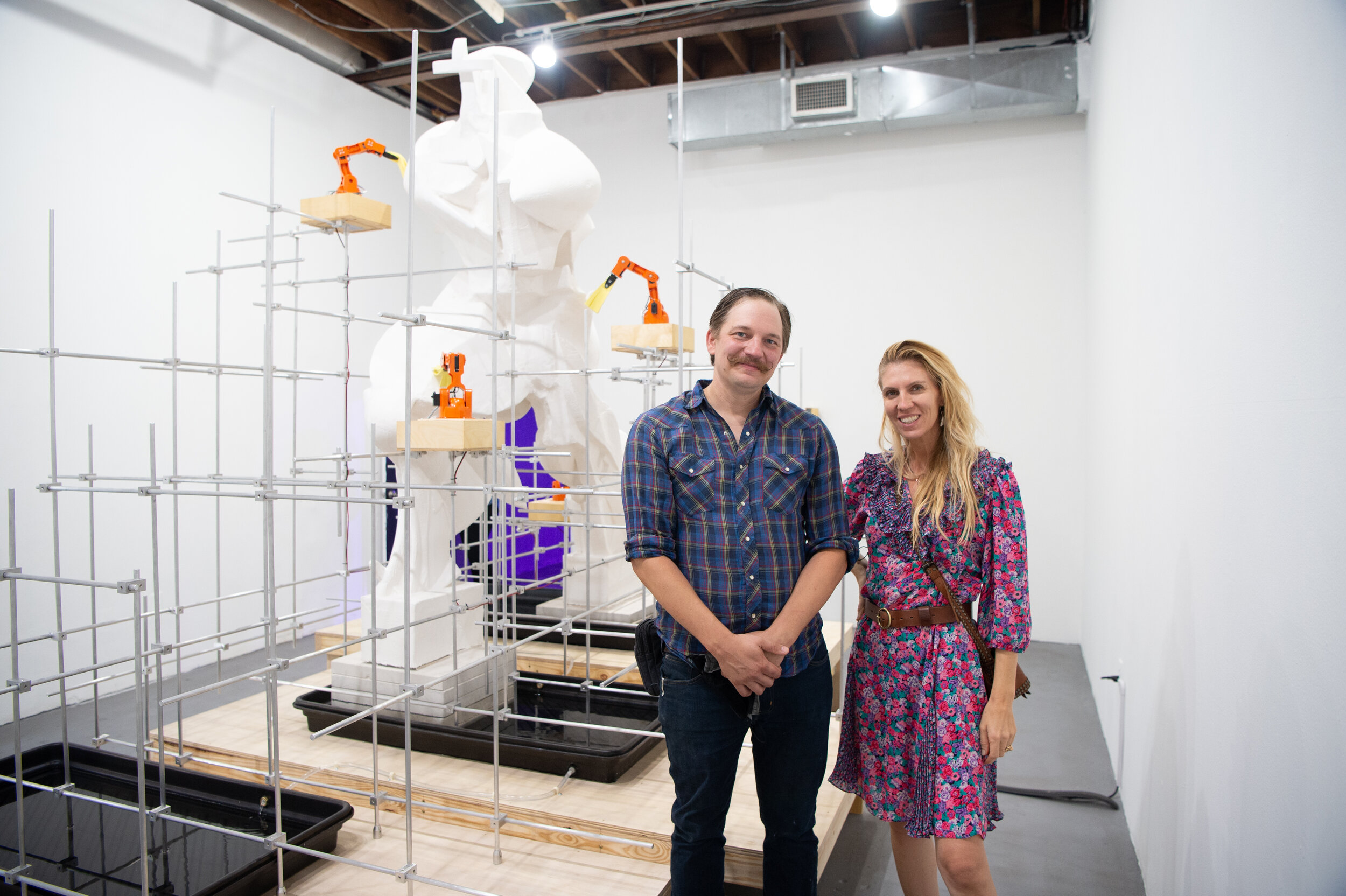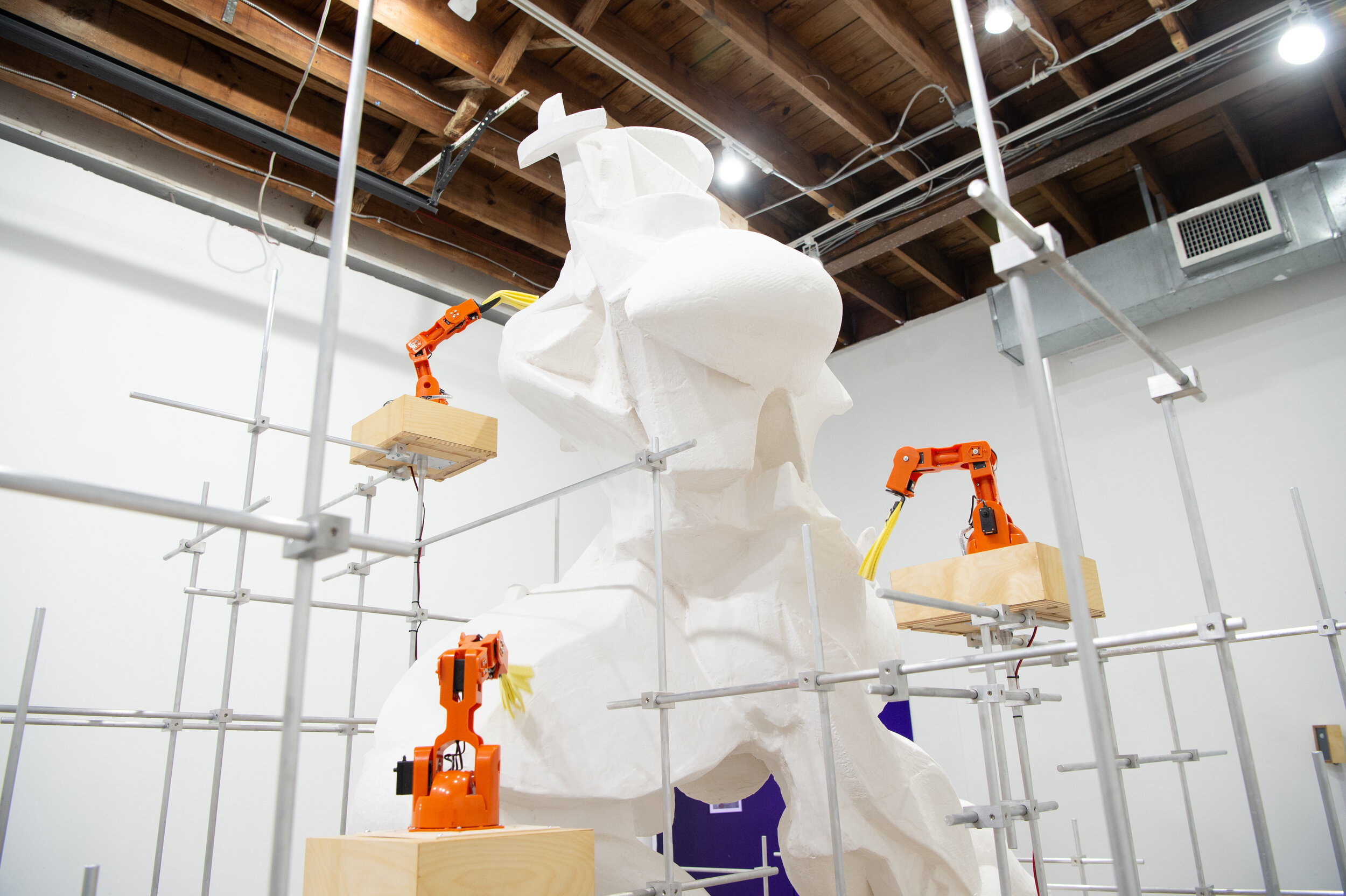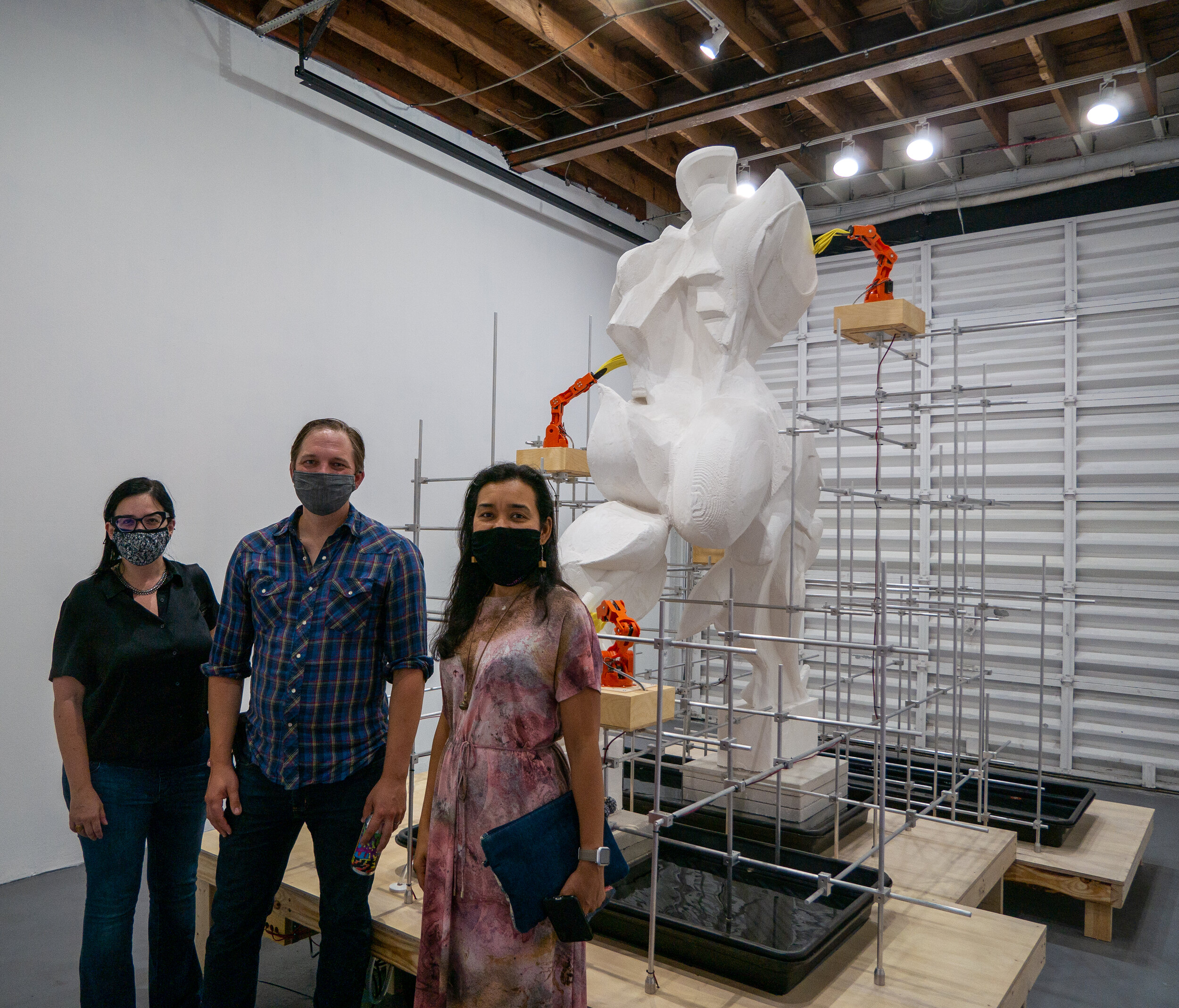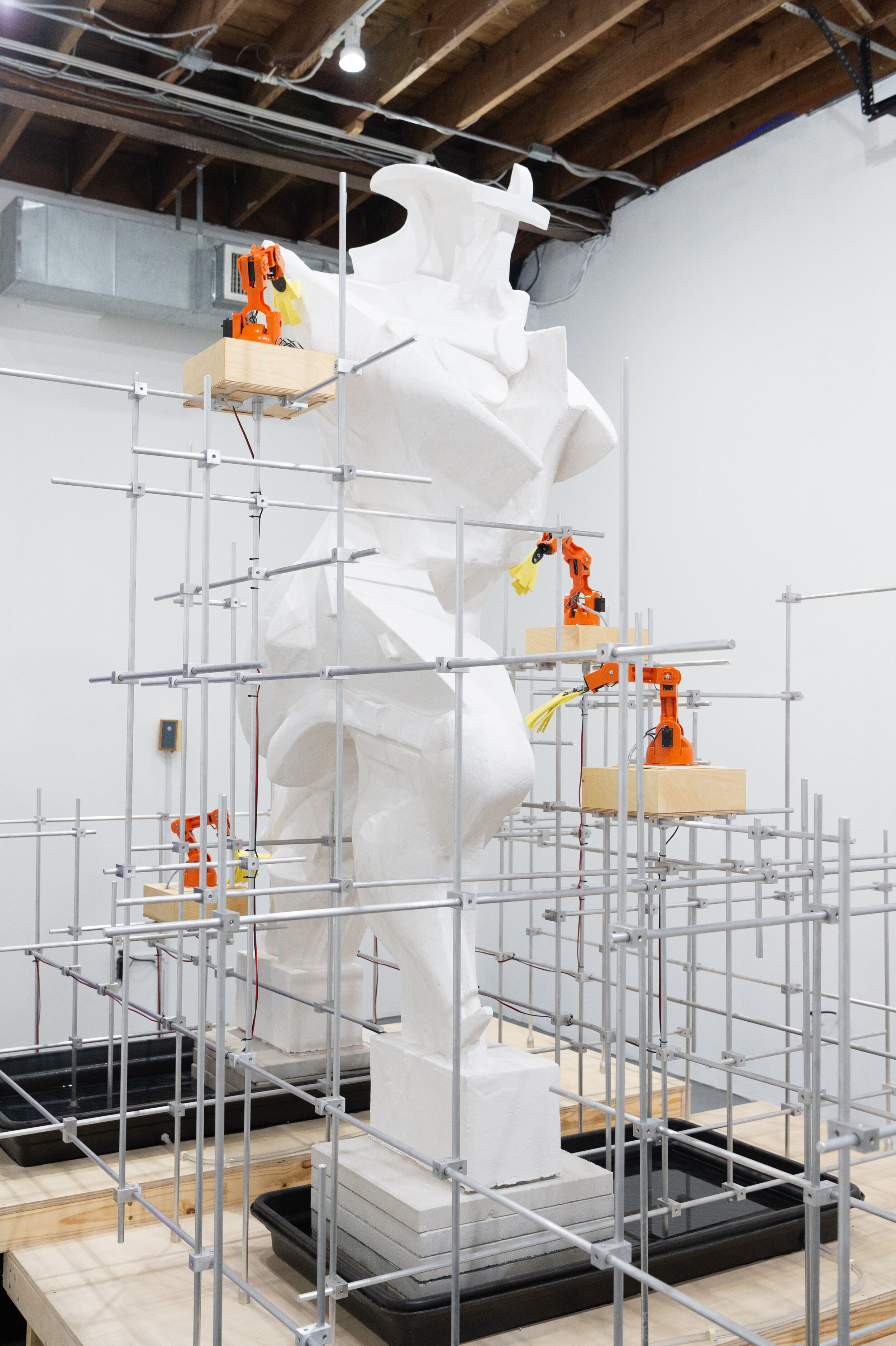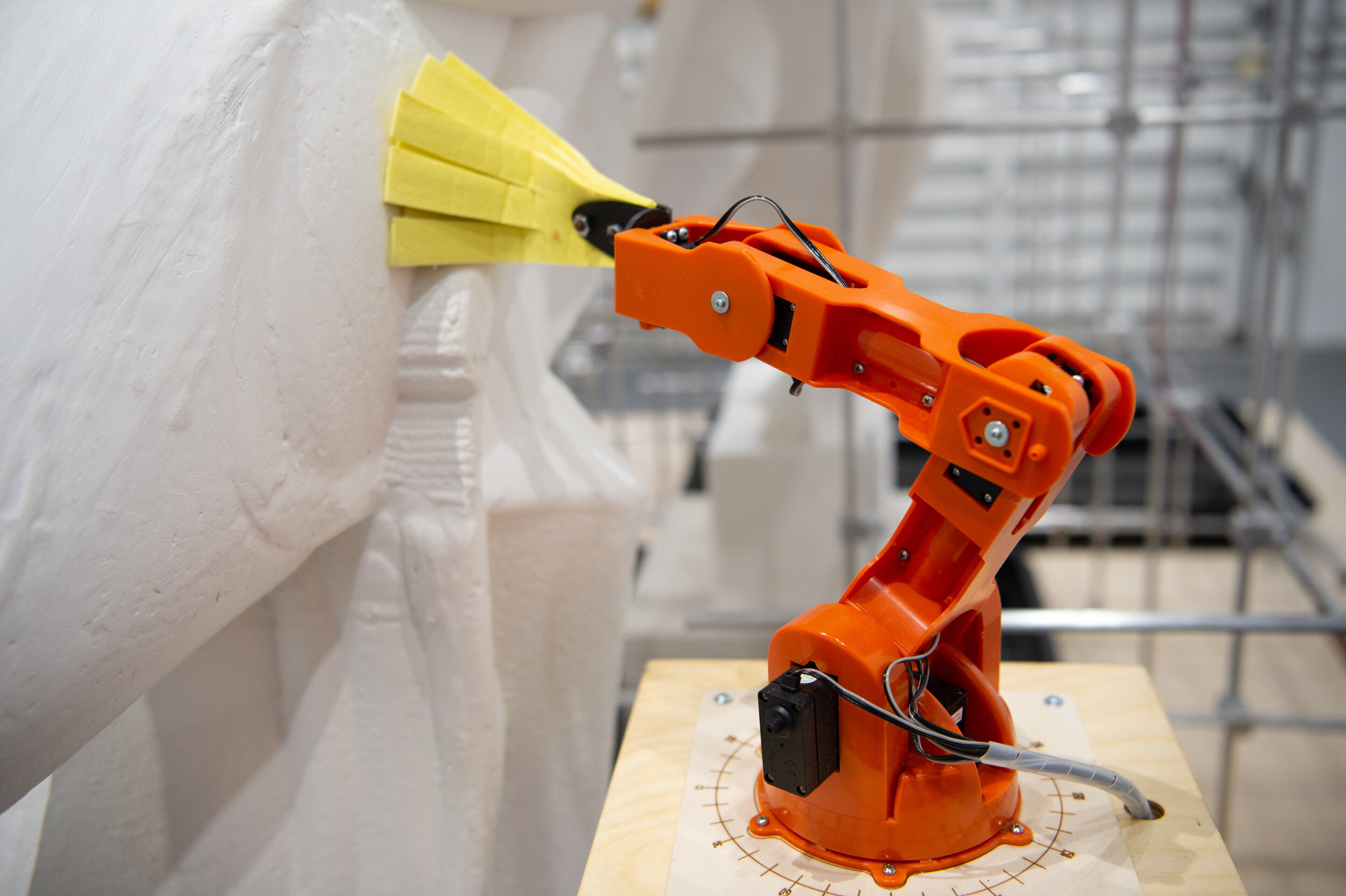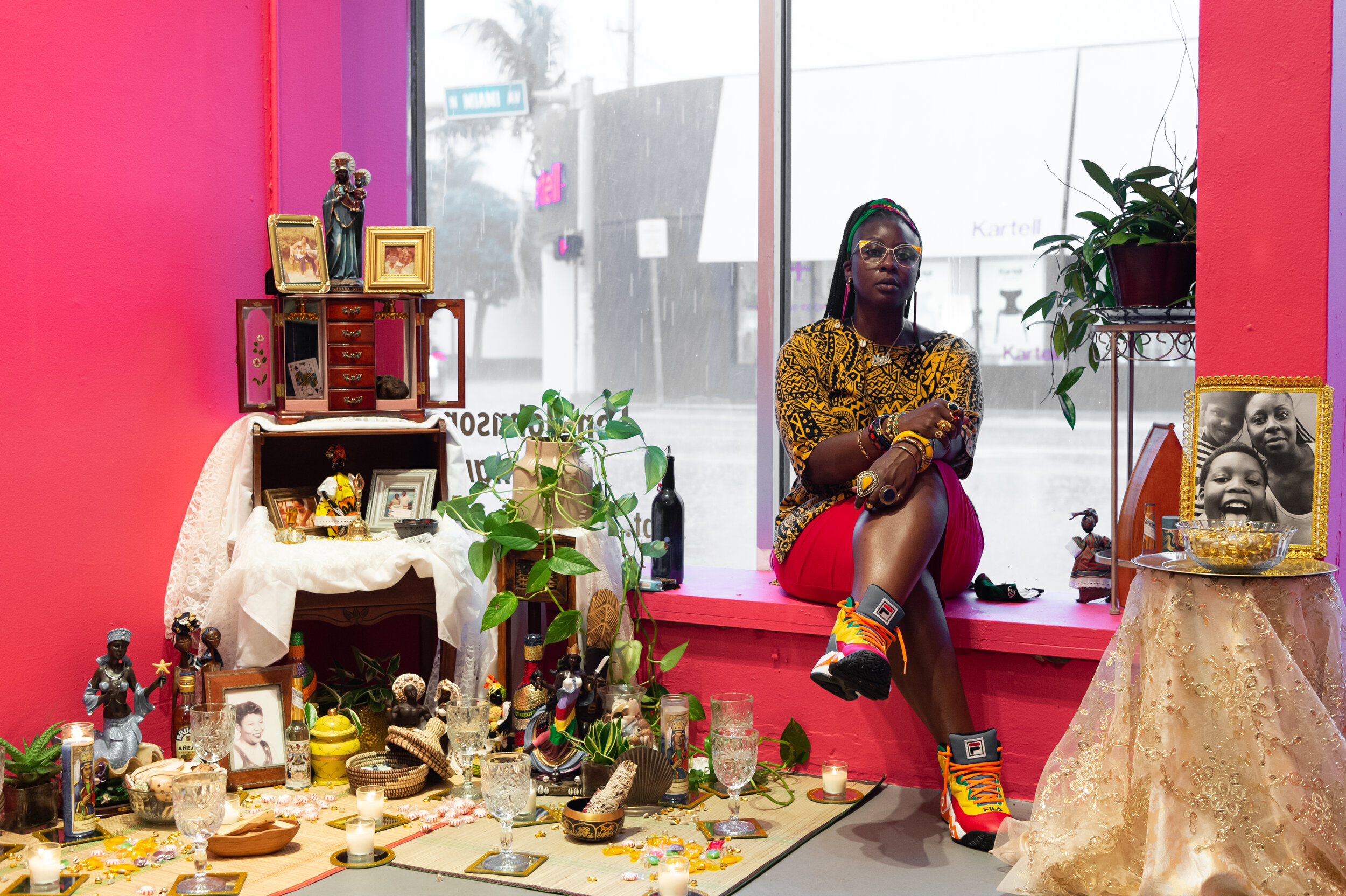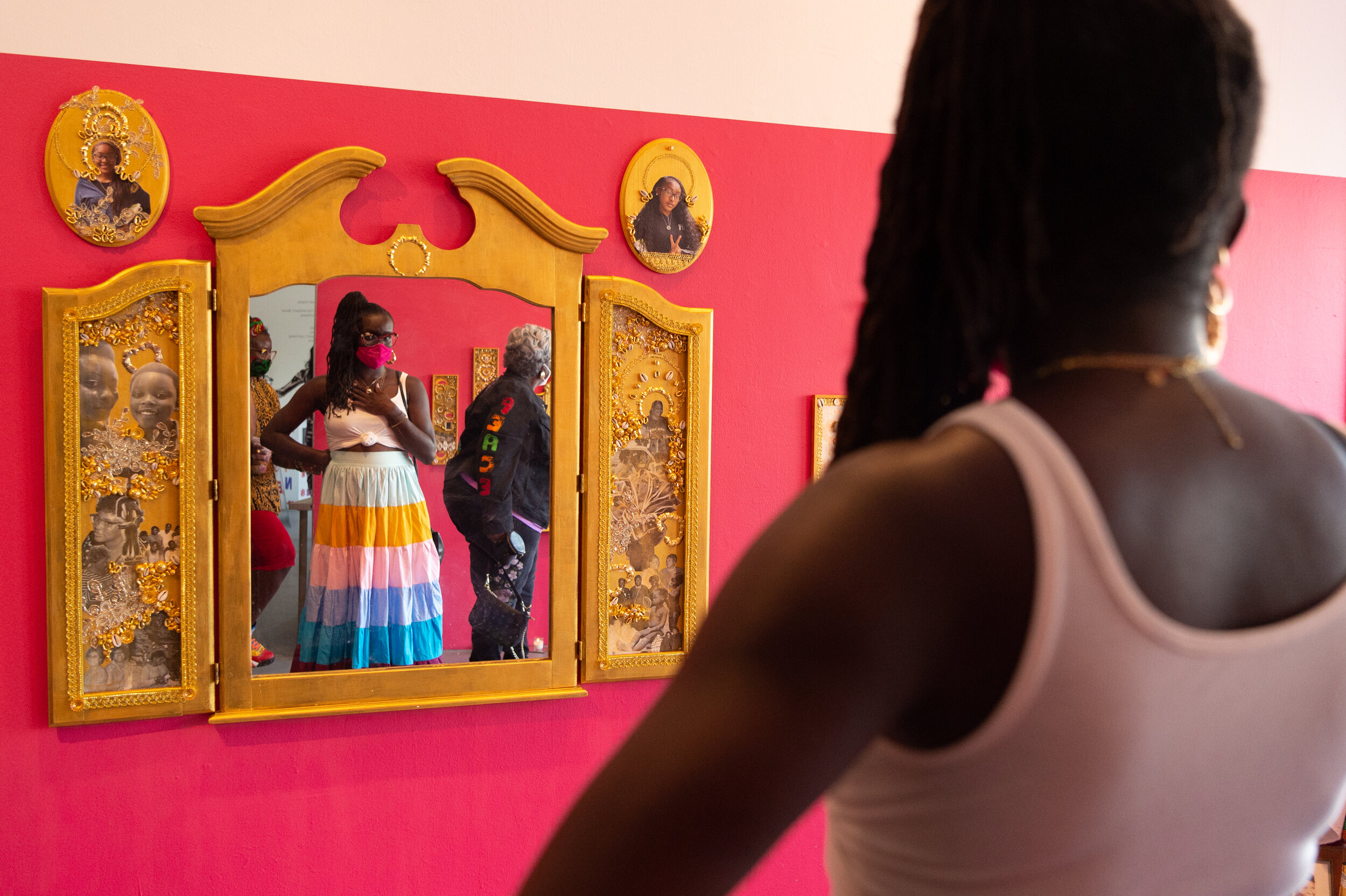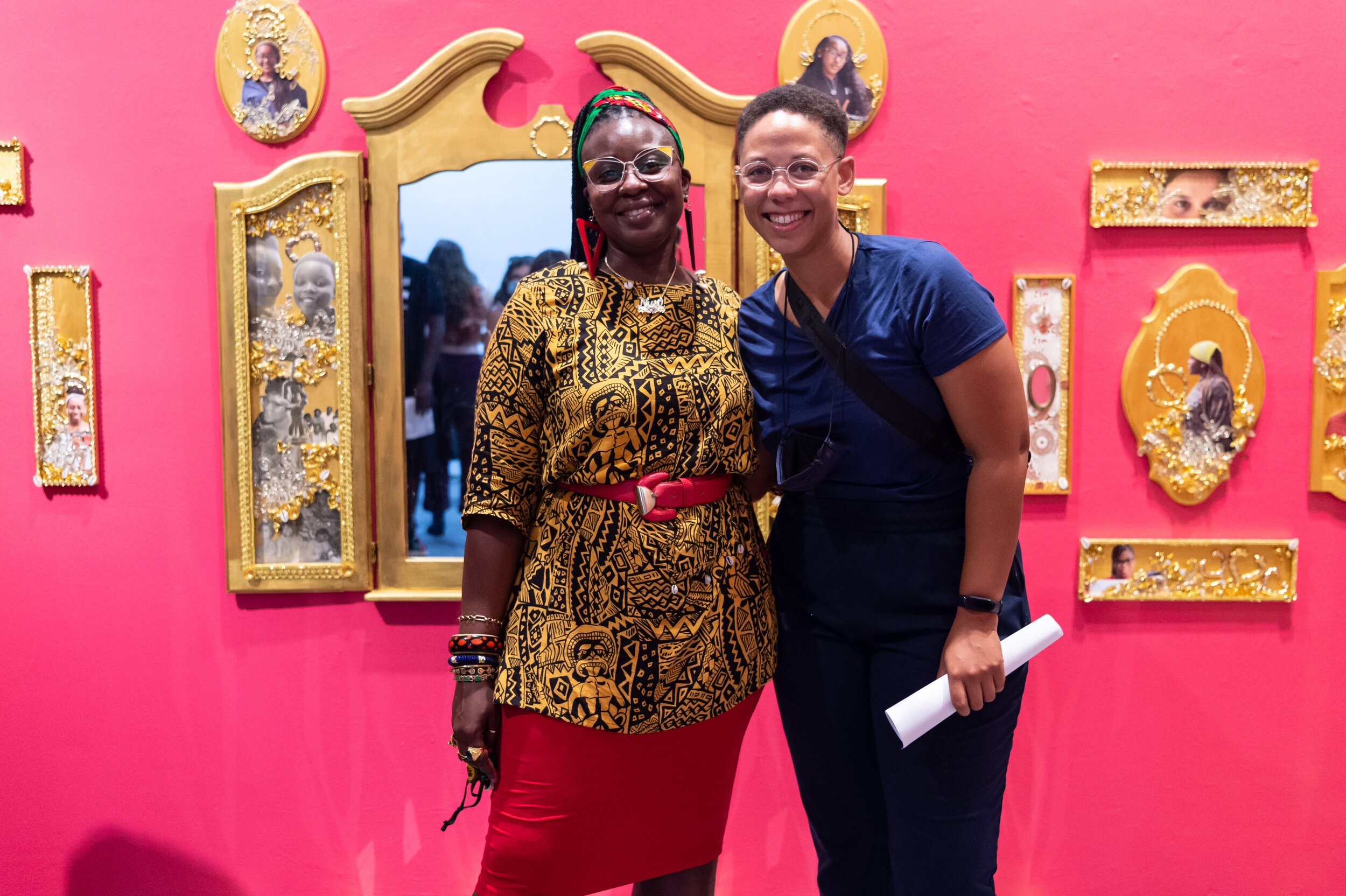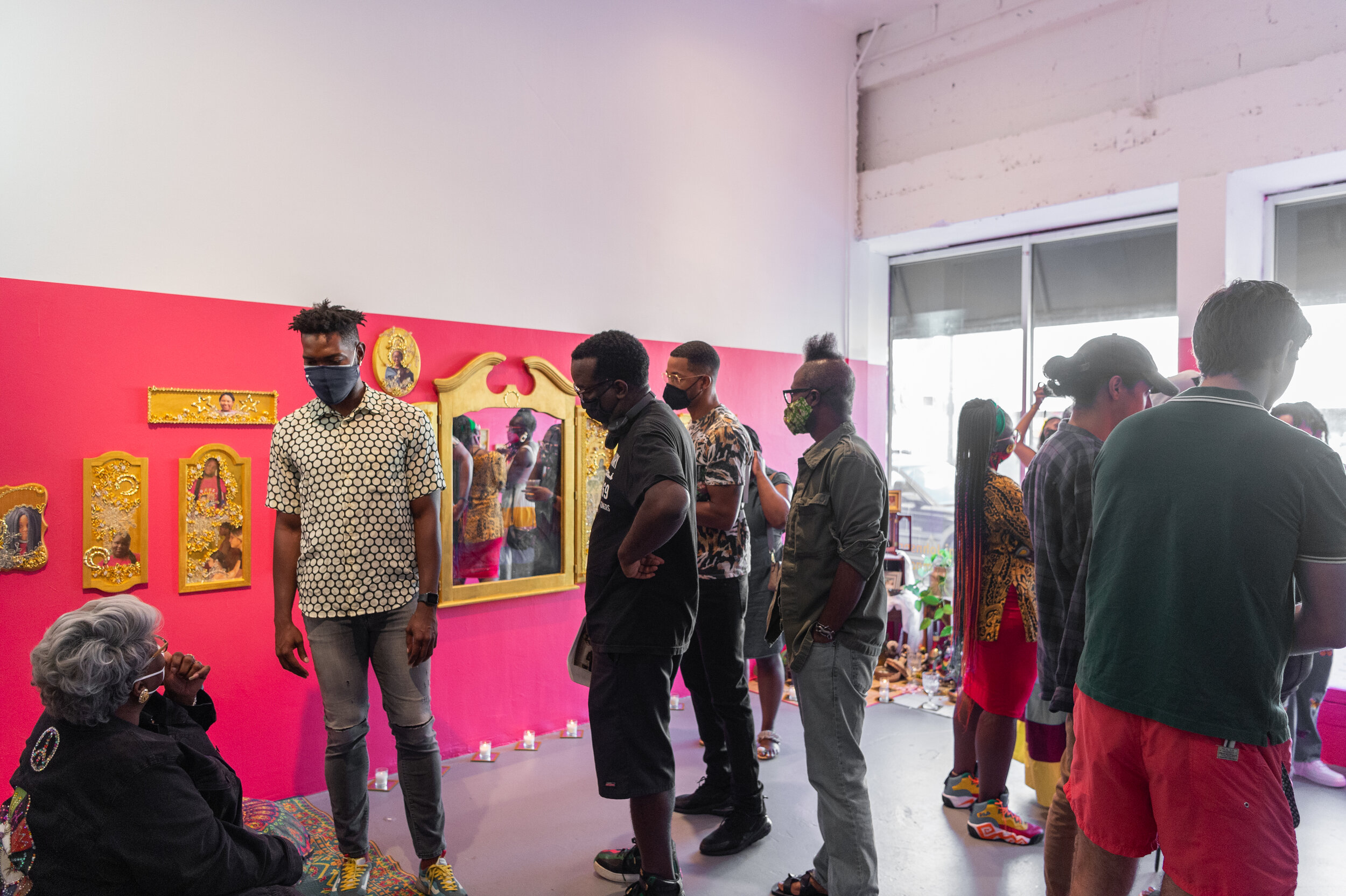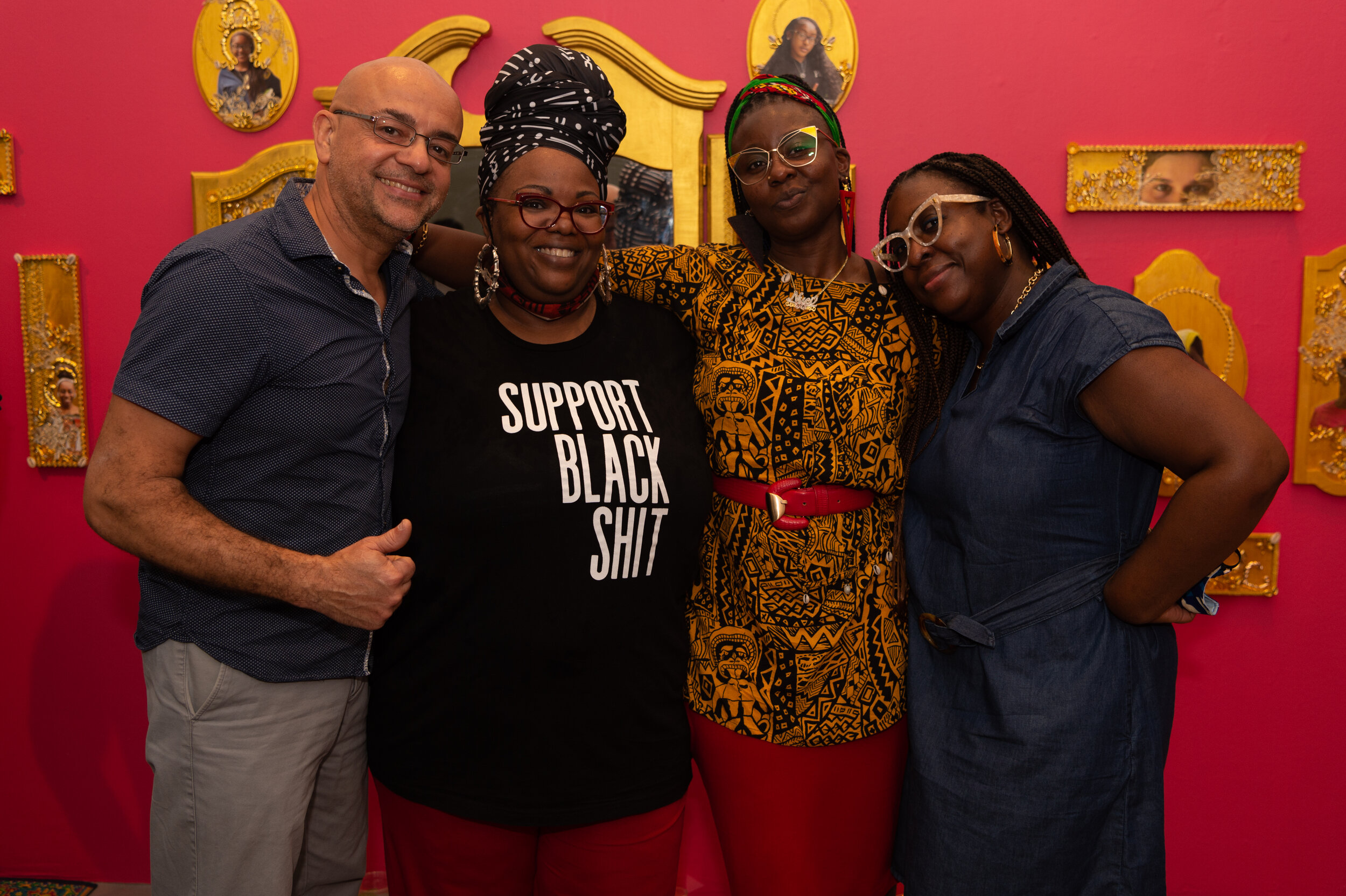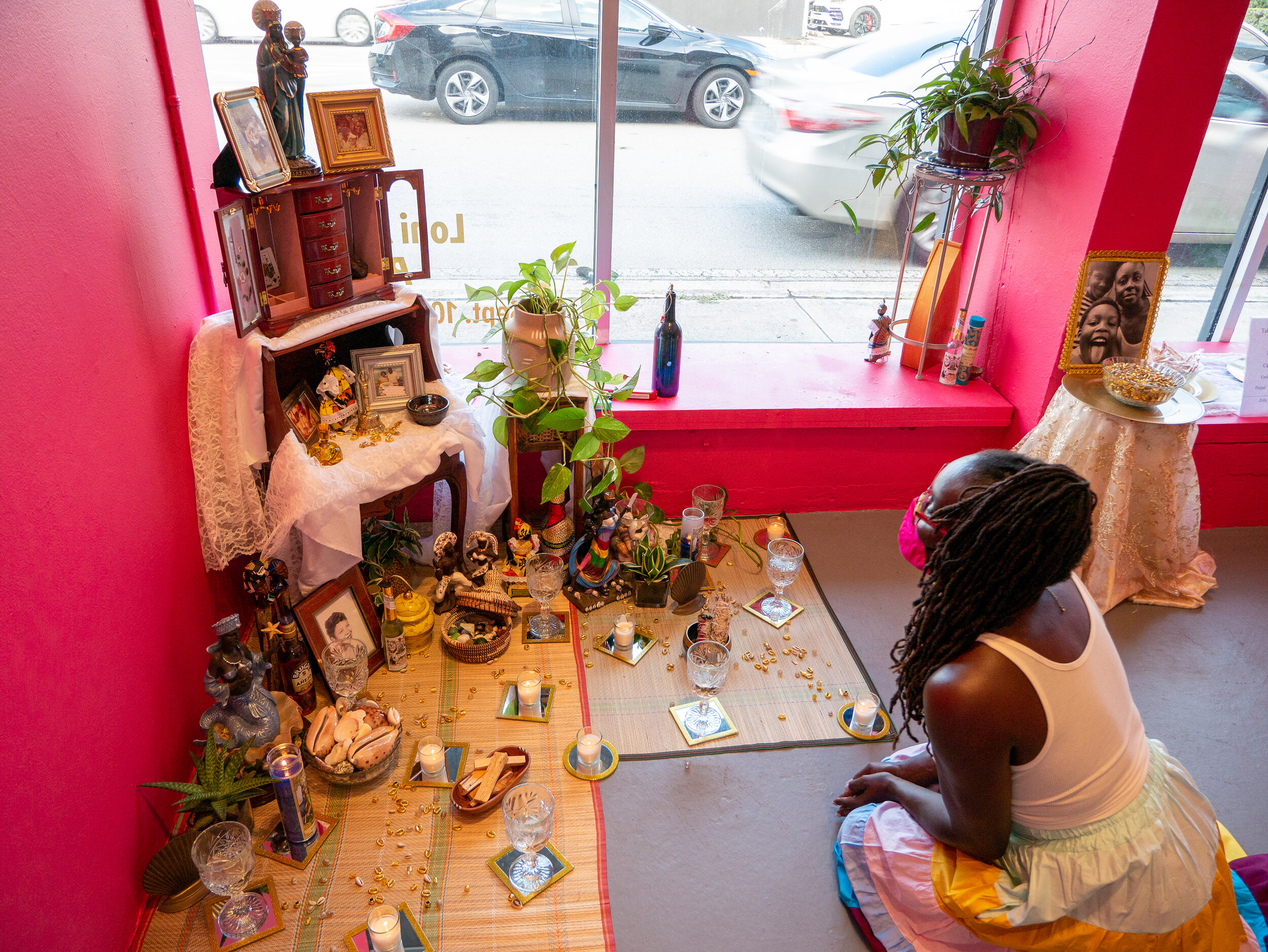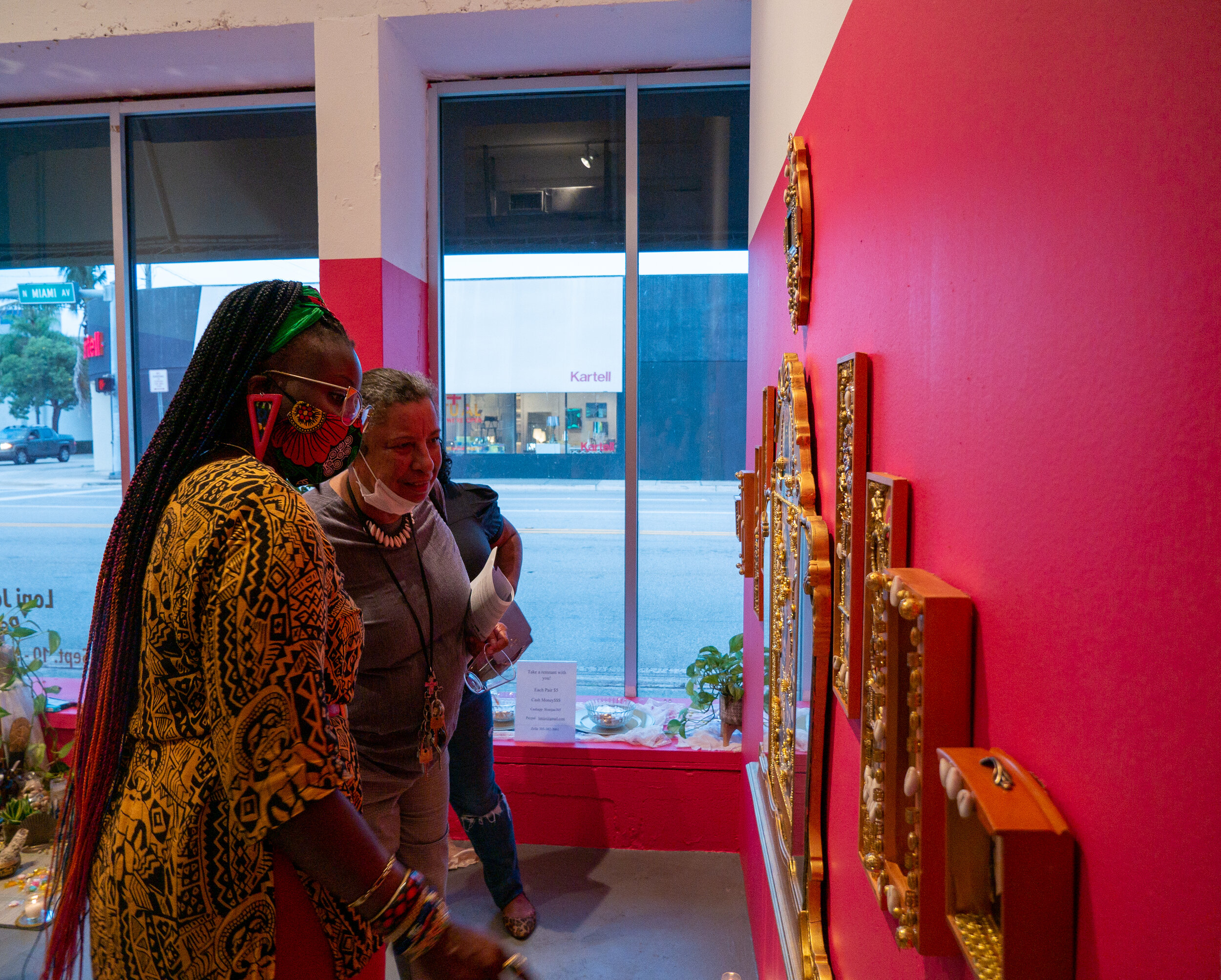Meet the Artists Opening Reception featuring Jessica Segall, Lewis Colburn, & Loni Johnson | Sept 2021
On Thursday, September 9, Locust Projects celebrated the opening of three new site-specific installations featuring Brooklyn-based multidisciplinary artist Jessica Segall in the Main Gallery, Philadelphia-based artist Lewis Colburn in the Project Room, and Miami-based multidisciplinary artist Loni Johnson in the storefront Mobile Studio. Together, the three projects reflect on issues relevant to the current moment, from threatened natural resources like clean water and soil, the rise of authoritarianism and sea-level rise, and creating space for black women and girls to be seen and heard.
The more than 150 attendees had the opportunity to meet the artists and enjoy craft beers from Locust Projects’ Official Fall 2021 Exhibitions Beer Sponsor, Tripping Animals Brewing.
In December 2020, water joined oil, gold, and other futures commodities traded on Wall Street allowing buyers and sellers to barter a fixed price for the delivery of a fixed quantity of water at a future date. Jessica Segall’s new immersive installation, Reverse Alchemy on the Gold Coast, underscores the reality that life-sustaining natural resources will become scarce across the globe, as humans both drive, and are impacted by, climate change, droughts, population growth, development and pollution. Here in South Florida, home to one of the most productive purifying aquifer systems in the world, the work weighs the value of gold and extractive capitalism against clean water and fertile soil.
The installation features video projections filmed during Segall’s reverse engineering process, in which gold from Imperial mints dissolves in an Aqua Regia solution. The resulting gold solution shown in these videos is diluted into the water which irrigates the plants over the course of the exhibition. In addition to the lush gold-fed garden, a series of experimental stones is presented within the installation, cast from Florida Sand, gold and basalt. These stones recreate the original geological process of land formation, and effectively place the gold matter back into quartz-like veins in the molten stone. Learn more here.
Blending digital and manual making processes, robotic elements, and a series of water pumps, the massive, improvised fountain at the center of A Fountain for a Dark Future alludes to disruptive events on the human horizon such as sea level rise, automation, and the rise of authoritarianism. The fountain is a larger than life recreation of Umberto Boccioni’s iconic sculpture, Unique Forms of Continuity in Space of 1913 which captured the dynamism and energy of the modern world which fascinated the Italian Futurists. Futurists also harbored darker tendencies, celebrating war and destruction as “cleansing forces” which Colburn compares to the “move fast and break things” ideology expounded in contemporary Silicon Valley. Similarly, the artist sees the embrace of Mussolini by the Futurists as echoing the recent electoral successes of authoritarian right-wing ideology around the world.
In the current moment of compounding and interconnected crises, the work suggests a sterile, atomized and inhuman future which may await us if we, collectively, allow these catastrophes to play out to their logical conclusions. Learn more here.
During her residency at Locust Projects, Johnson will transform the Mobile Studio into a physical space to inform, heal, and offer counter-narratives that commemorate Black women and girls and celebrates their role in the community; a place where they can feel seen, apart from the world that continues to silence them and deem them invisible. In the words of poet Nayyirah Waheed, “All the women in me are tired”. An offering to Black women, Remnants responds to this collective experience by providing a place for all of these women in us to rest, normalize vulnerability, and dismantle the myth of the Black Superwoman while also reconnecting with and honoring our mothers, our mothers’ mothers and their mamas too.
Remnants invites visitors to pause, breathe, and reflect within the space, offering welcoming, comfortable, and cozy seating and cushions. Painted the very same pink color Johnson lovingly remembers from her maternal grandmother’s home, the space fosters a feeling of nostalgia and belonging. Johnson encourages visitors to engage with the work, presenting offerings within the space from which viewers can collect a piece of the installation to bring home with them, such as cowrie shells, hair beads, and candies, leading guests to ponder the question of what remains of them within the spaces they exit from. Learn more here.
The exhibitions are on view at Locust Projects Wednesdays-Saturdays from 11am-5pm in the Miami Design District.
Locust Projects 2021-2022 exhibitions and programming are made possible with support from: The John S. and James L. Knight Foundation; The Andy Warhol Foundation for the Visual Arts; The Miami-Dade County Department of Cultural Affairs and the Cultural Affairs Council, the Miami-Dade County Mayor and Board of County Commissioners, The Children's Trust; The National Endowment for the Arts Art Works Grant; Hillsdale Fund; the Albert and Jane Nahmad Family Foundation; VIA Art Fund | Wagner Incubator Grant; Diane and Robert Moss; Susan and Richard Arregui; Elizabeth Bailey; Cowles Charitable Trust; Diane and Werner Grob; Kirk Foundation; Diane and Alan Lieberman; Artis; and the Incubator Fund Supporting Sponsors and Friends.

